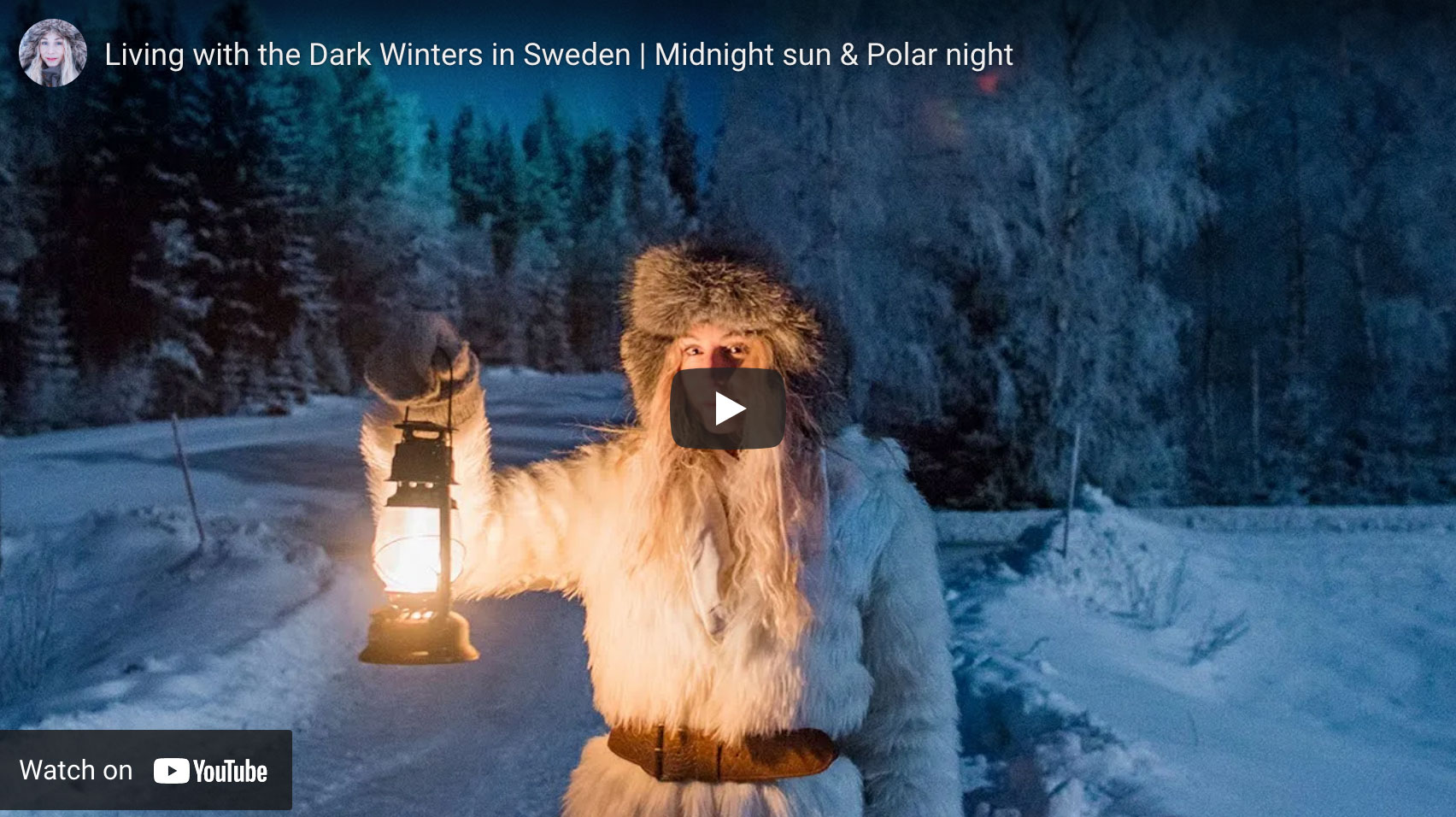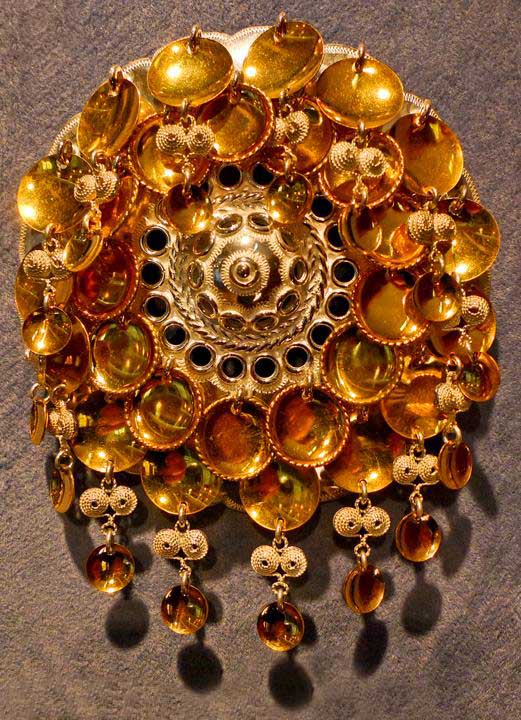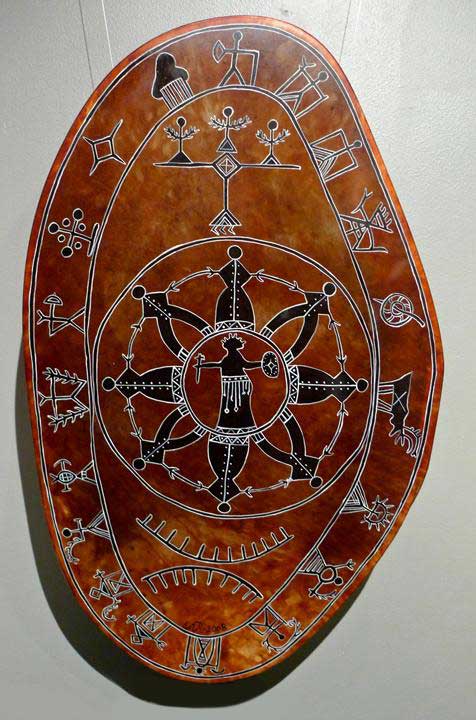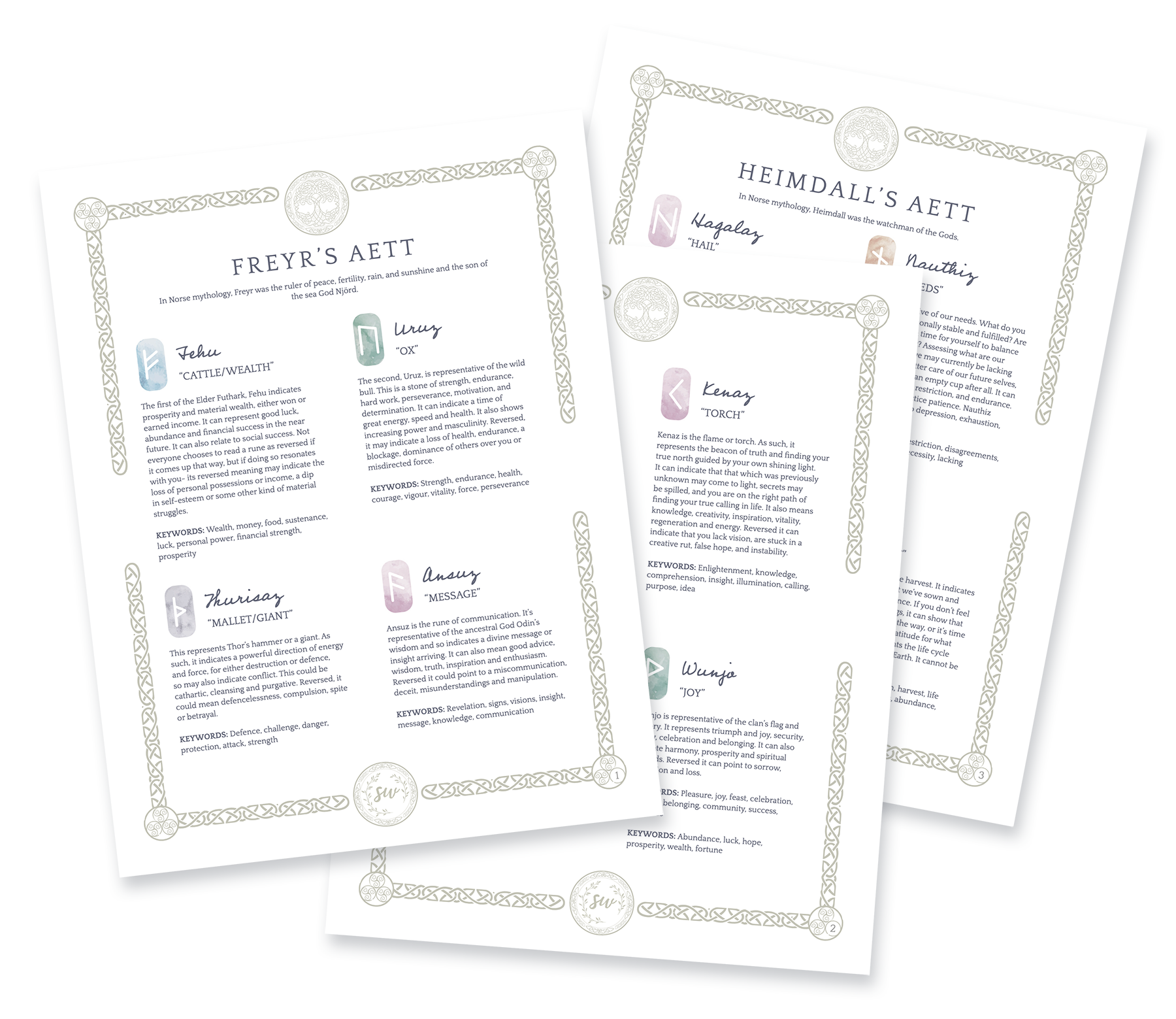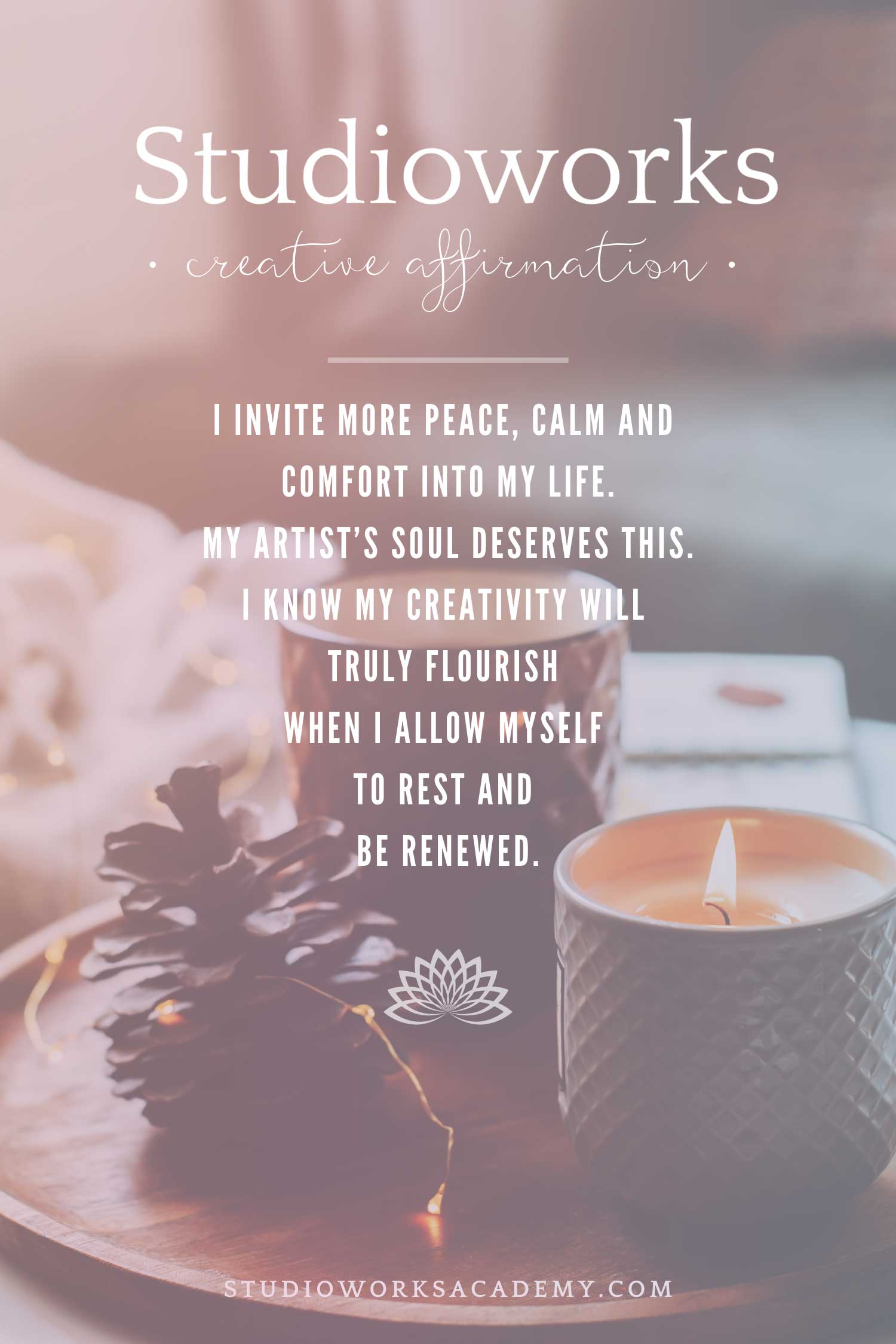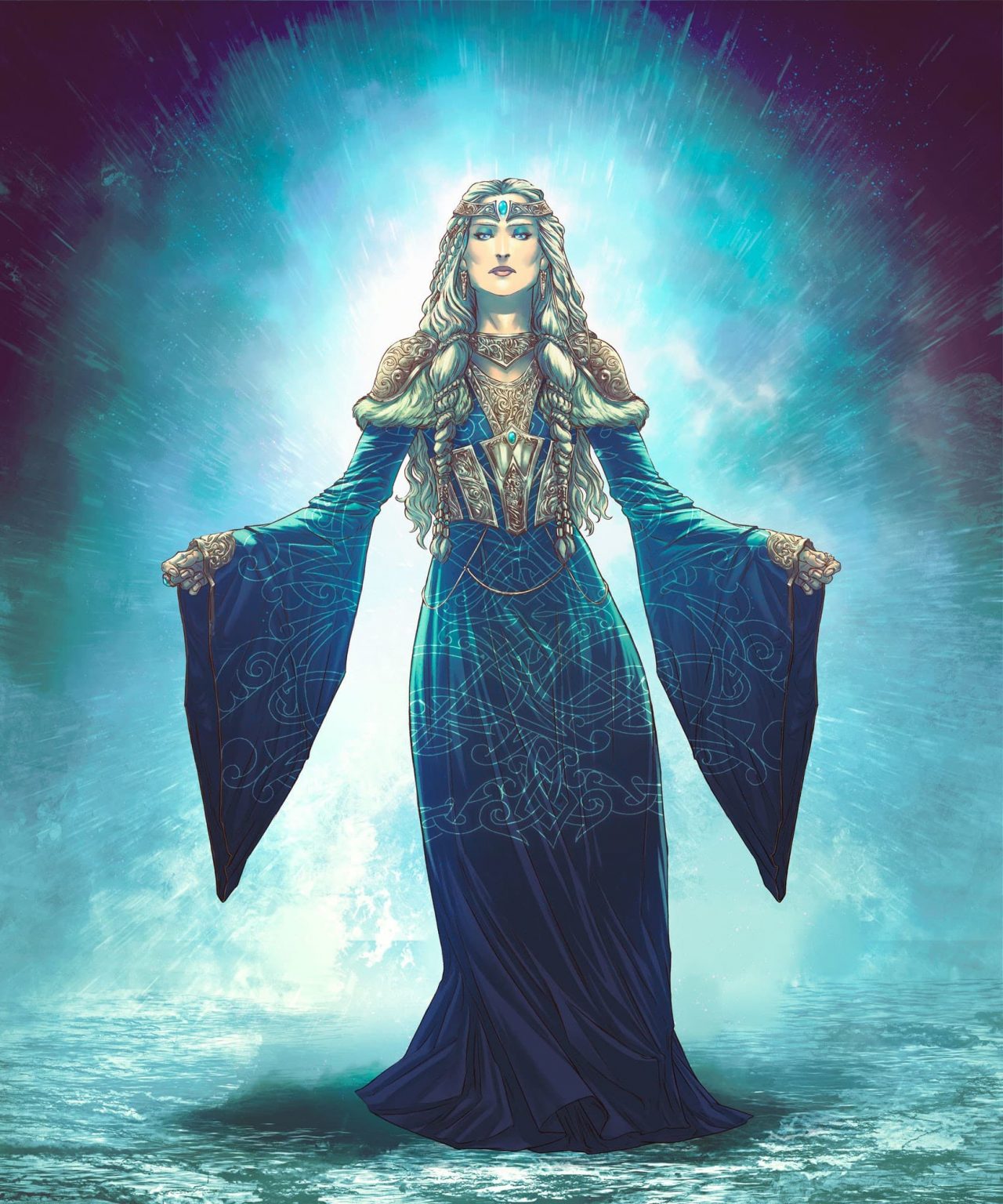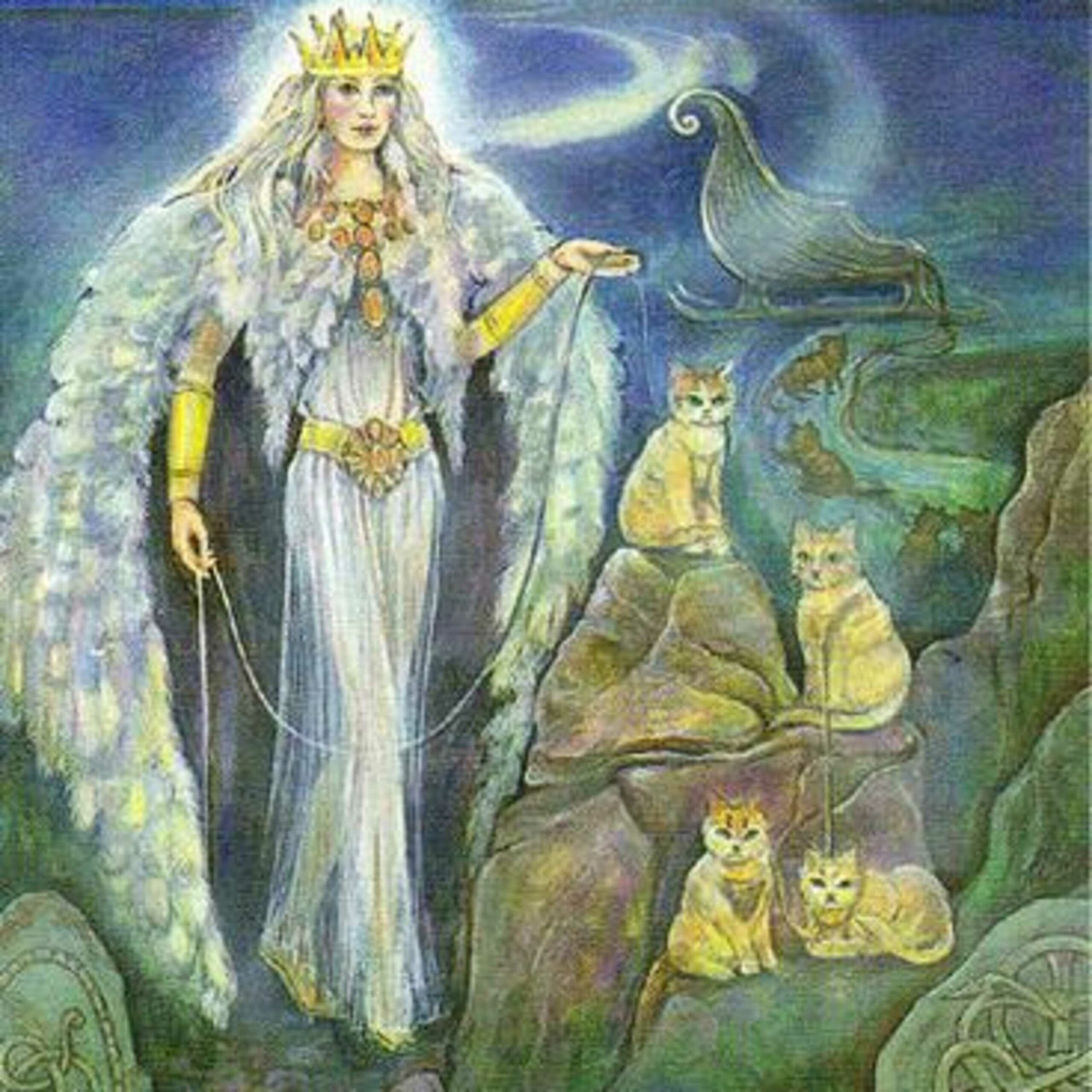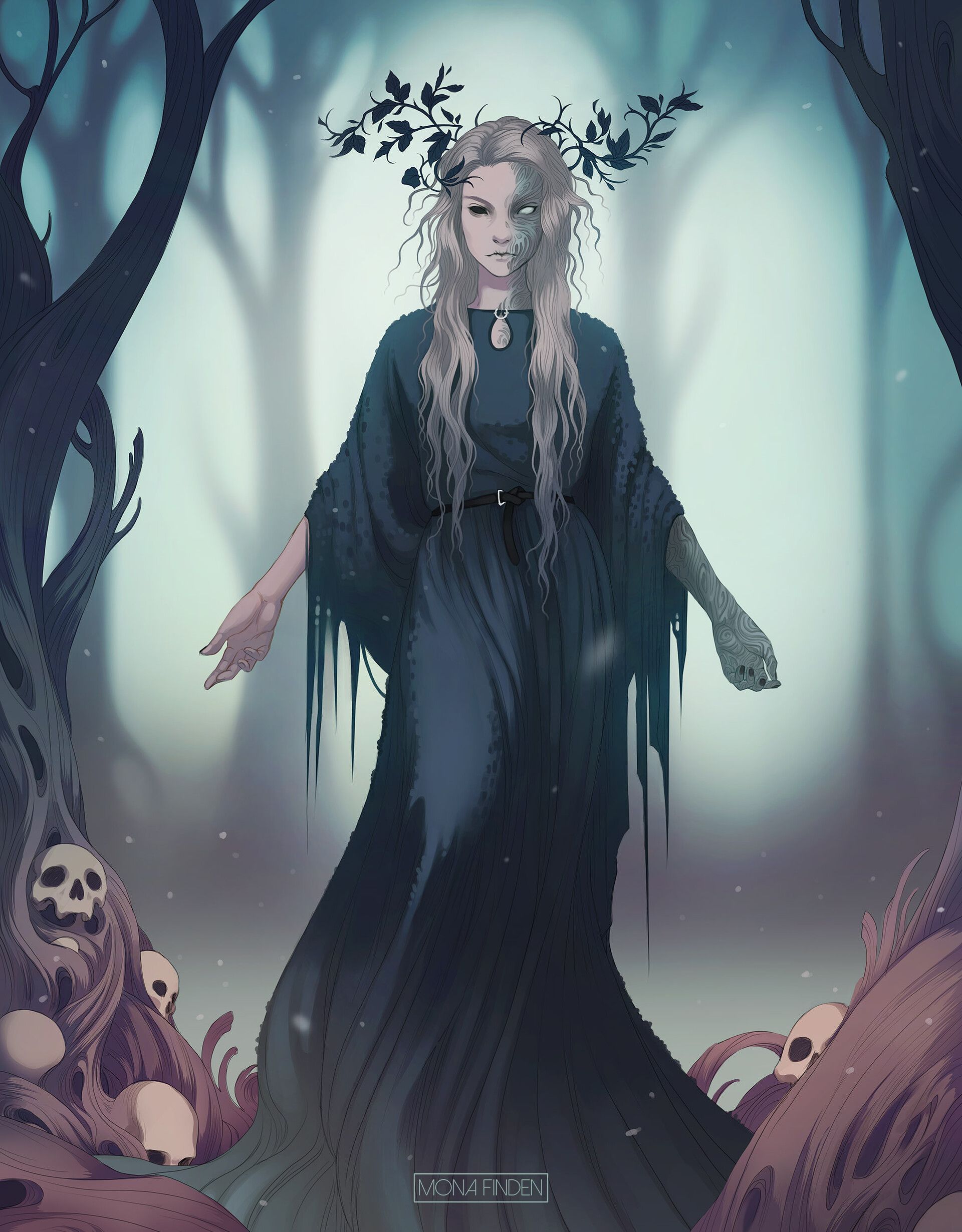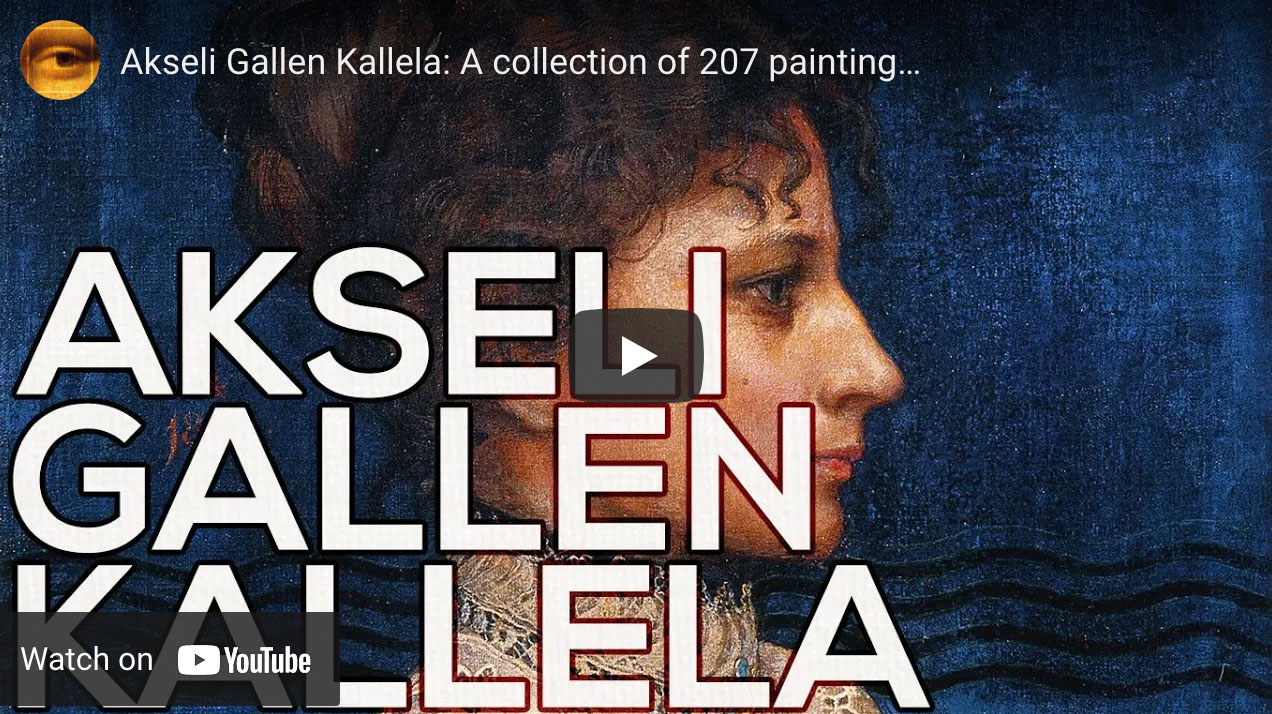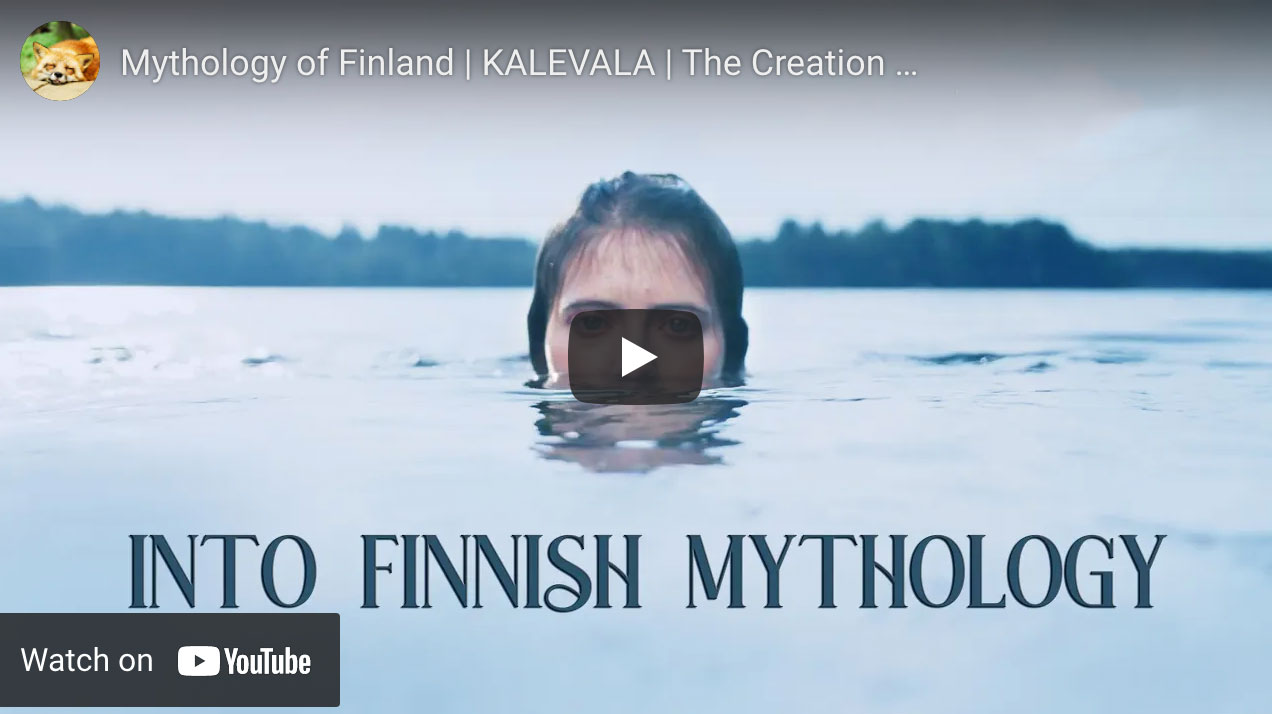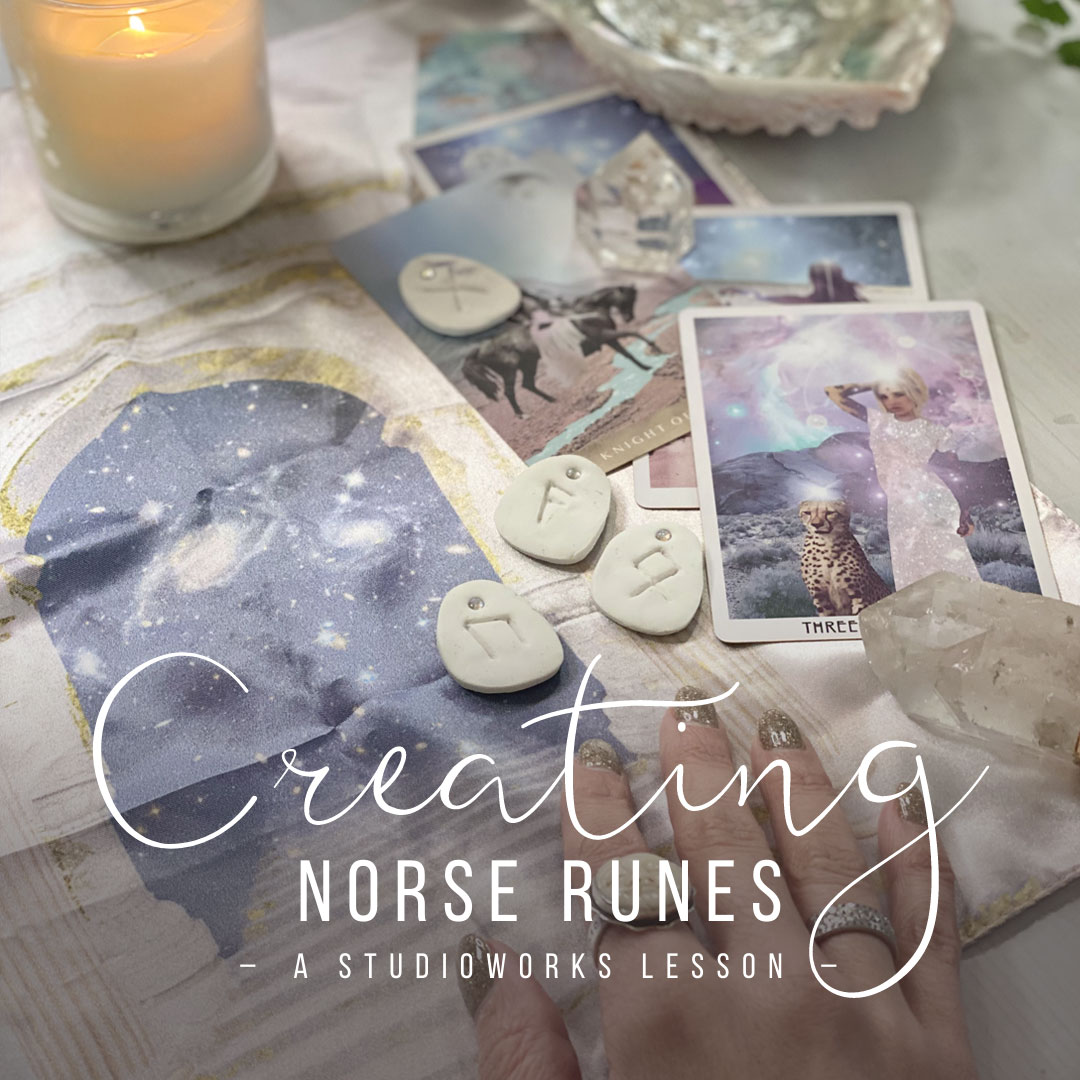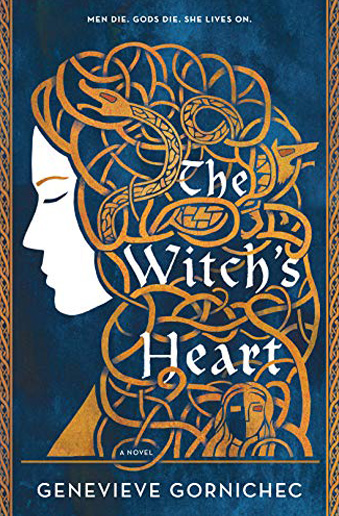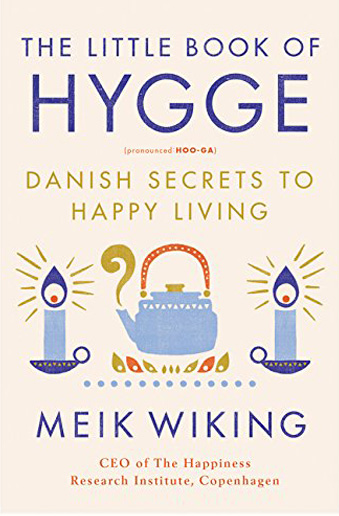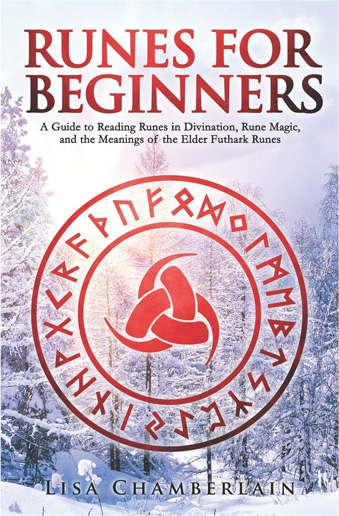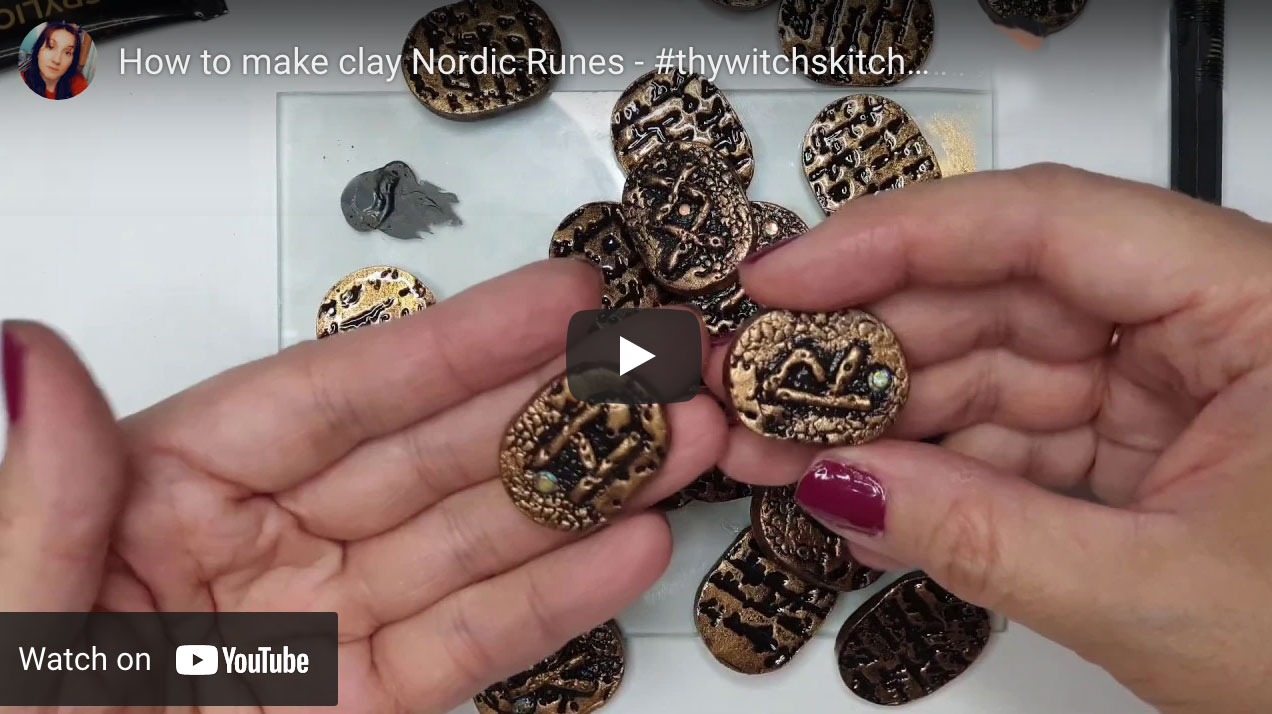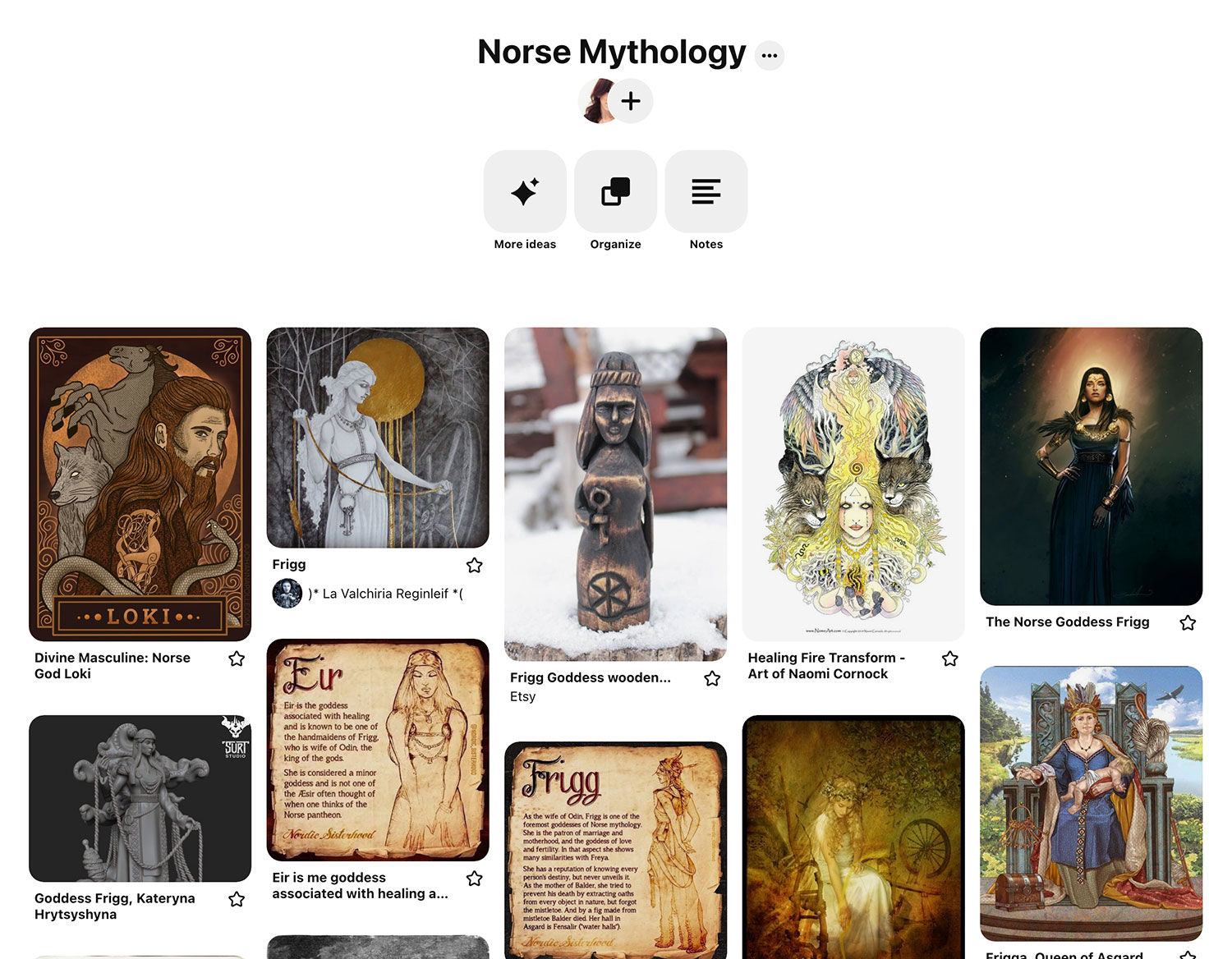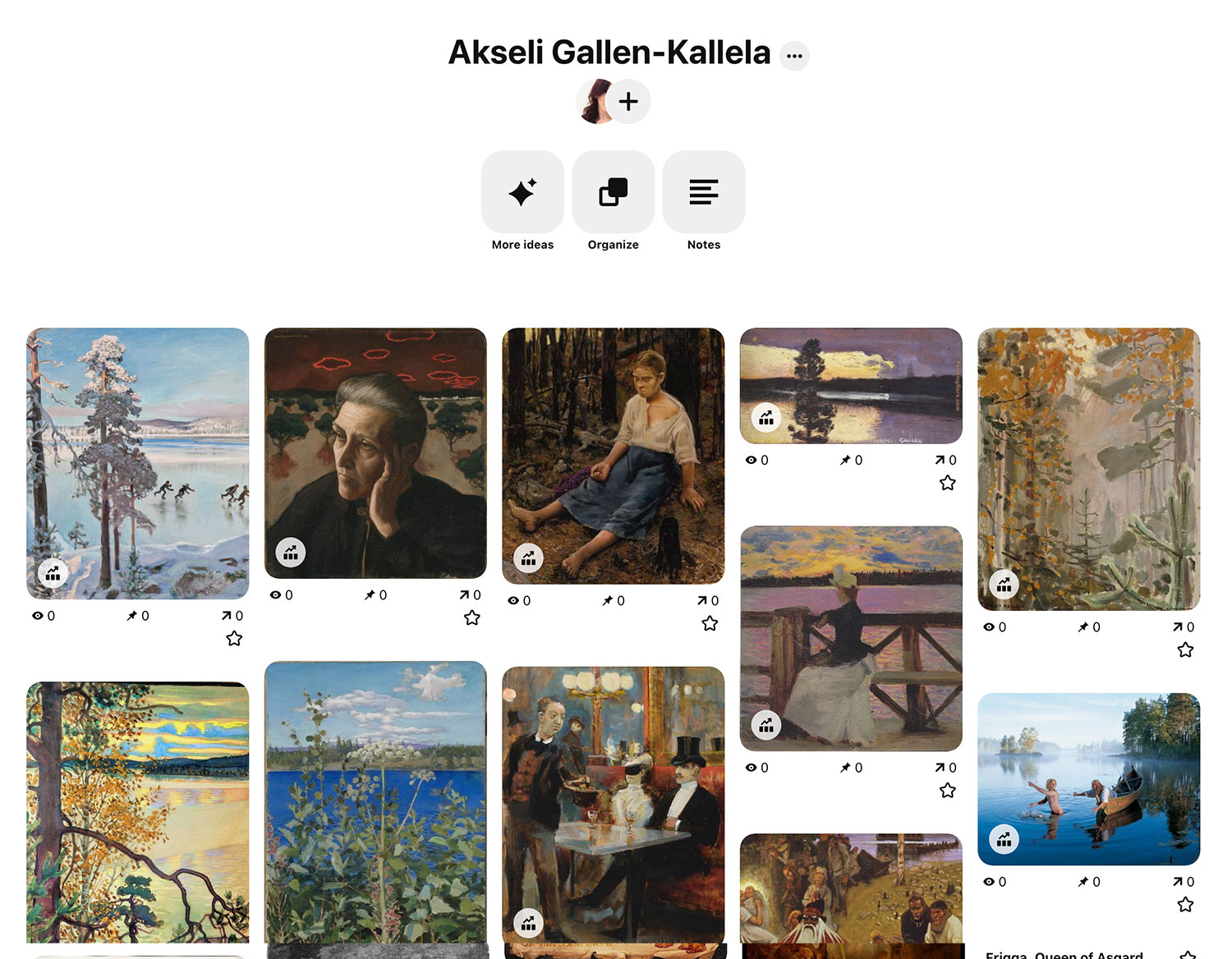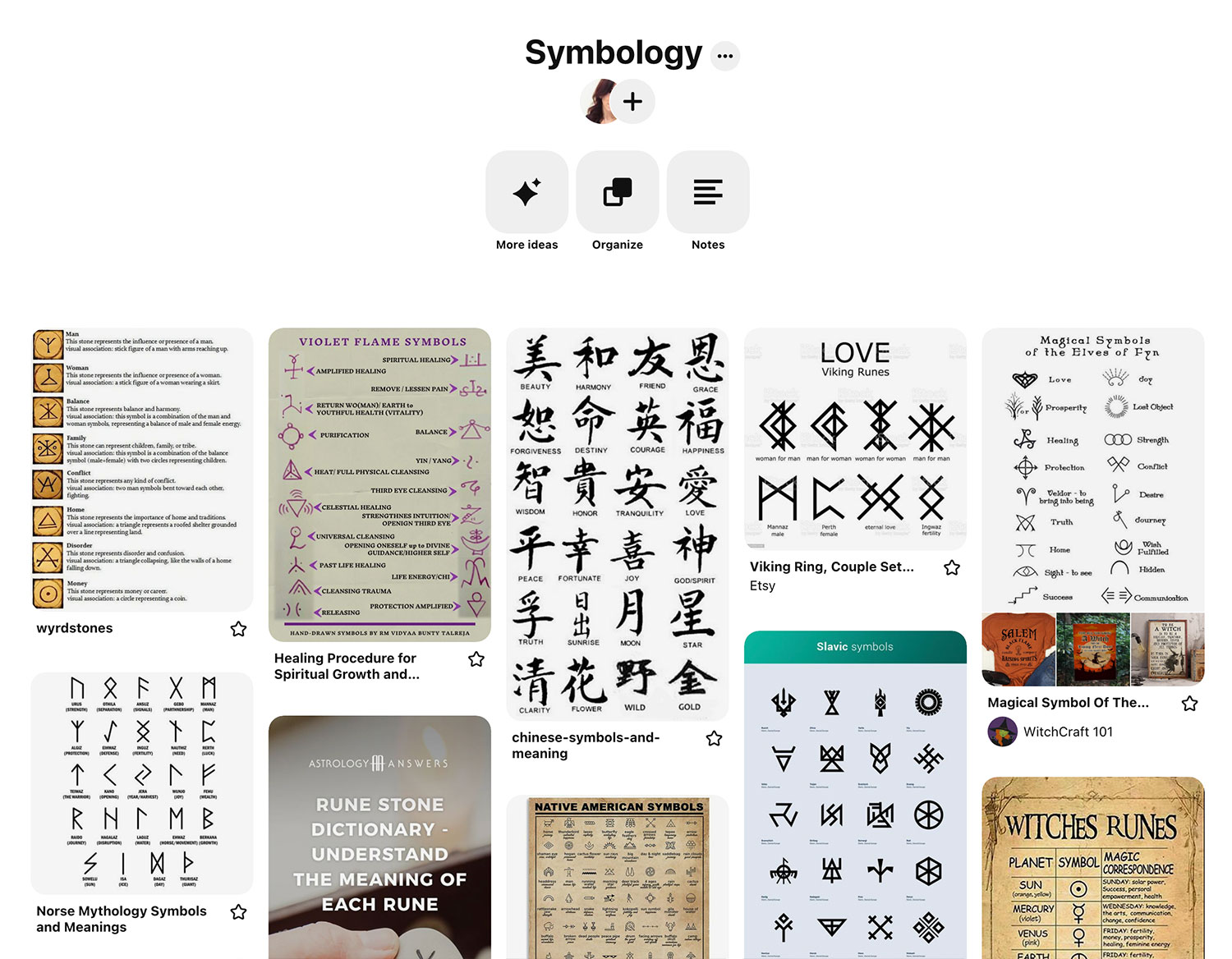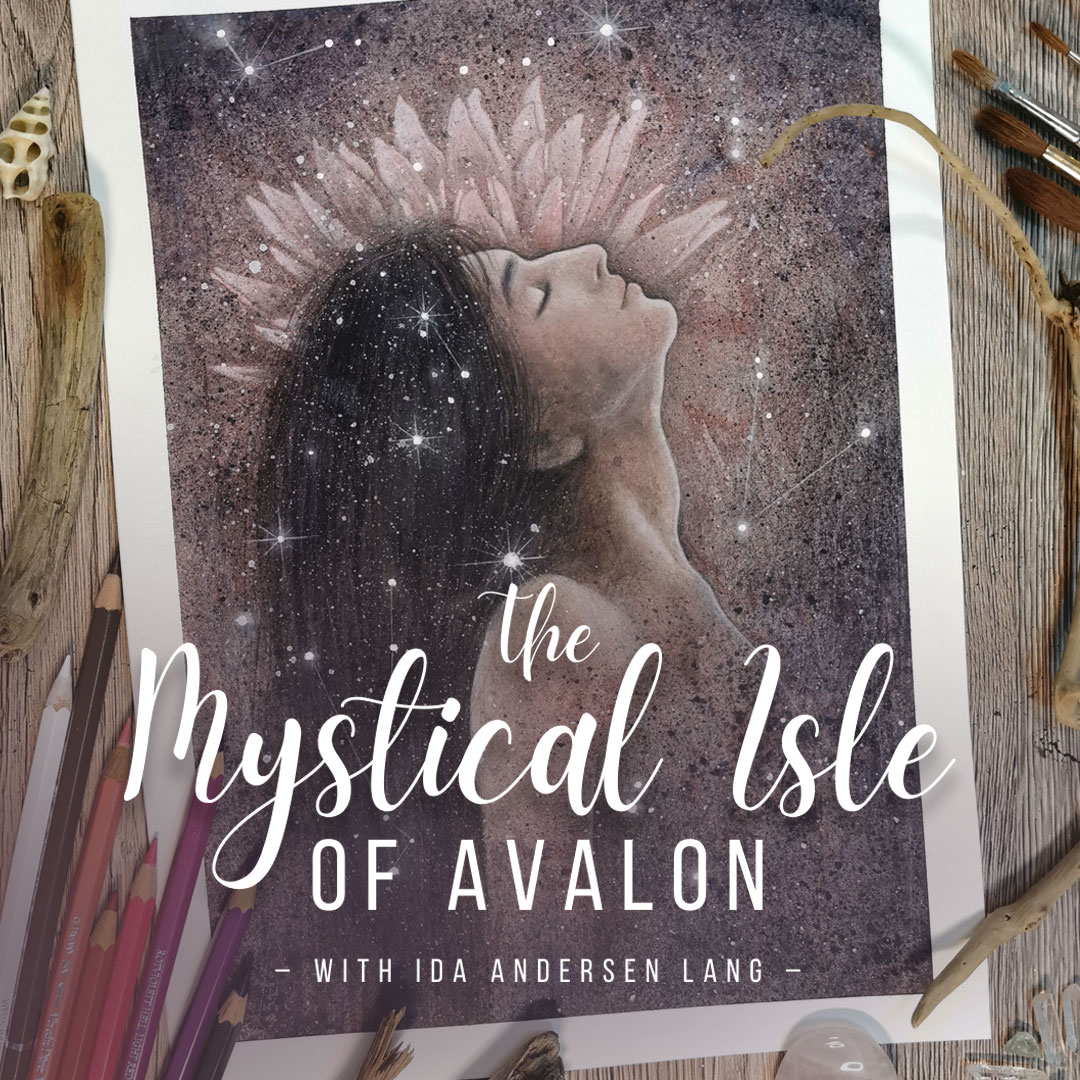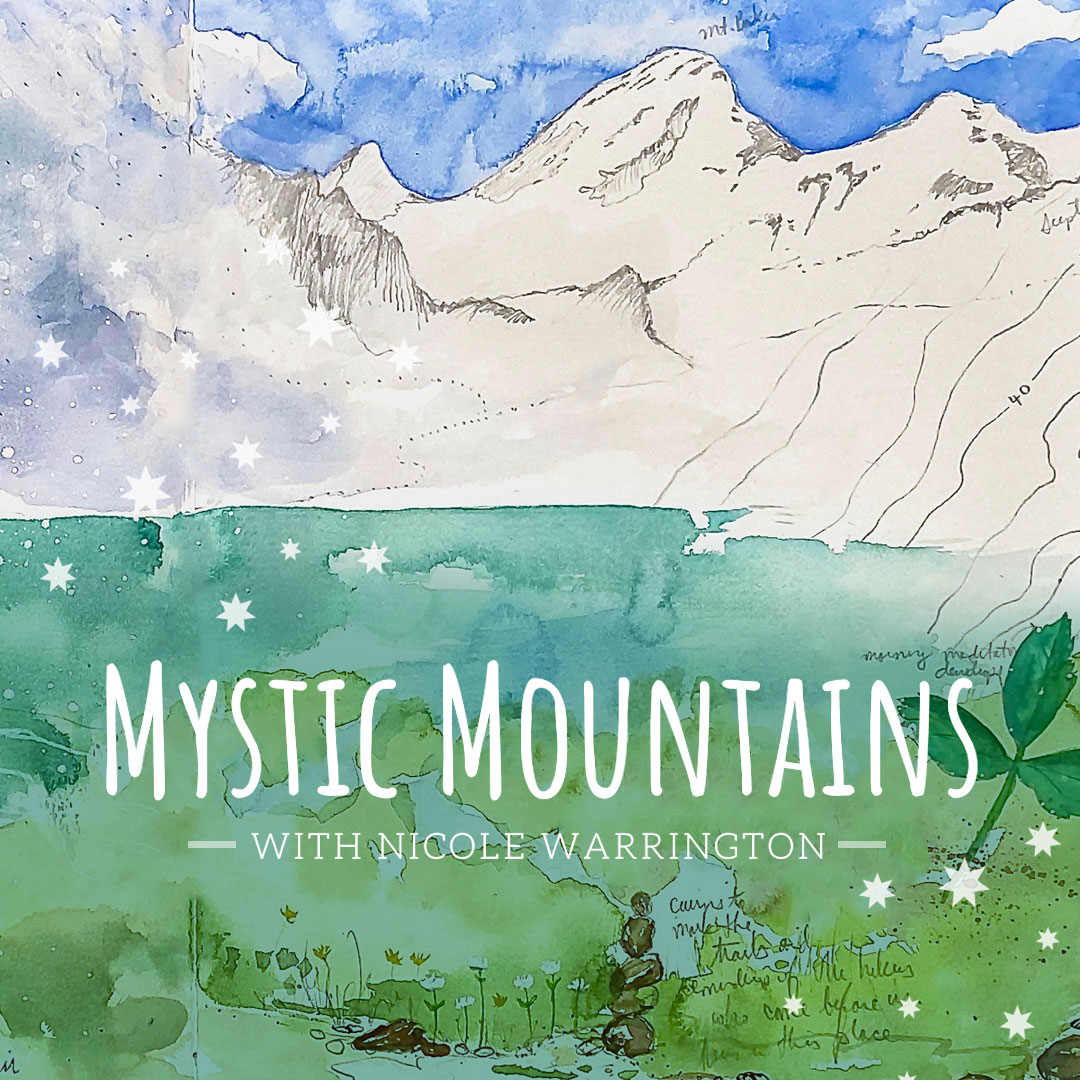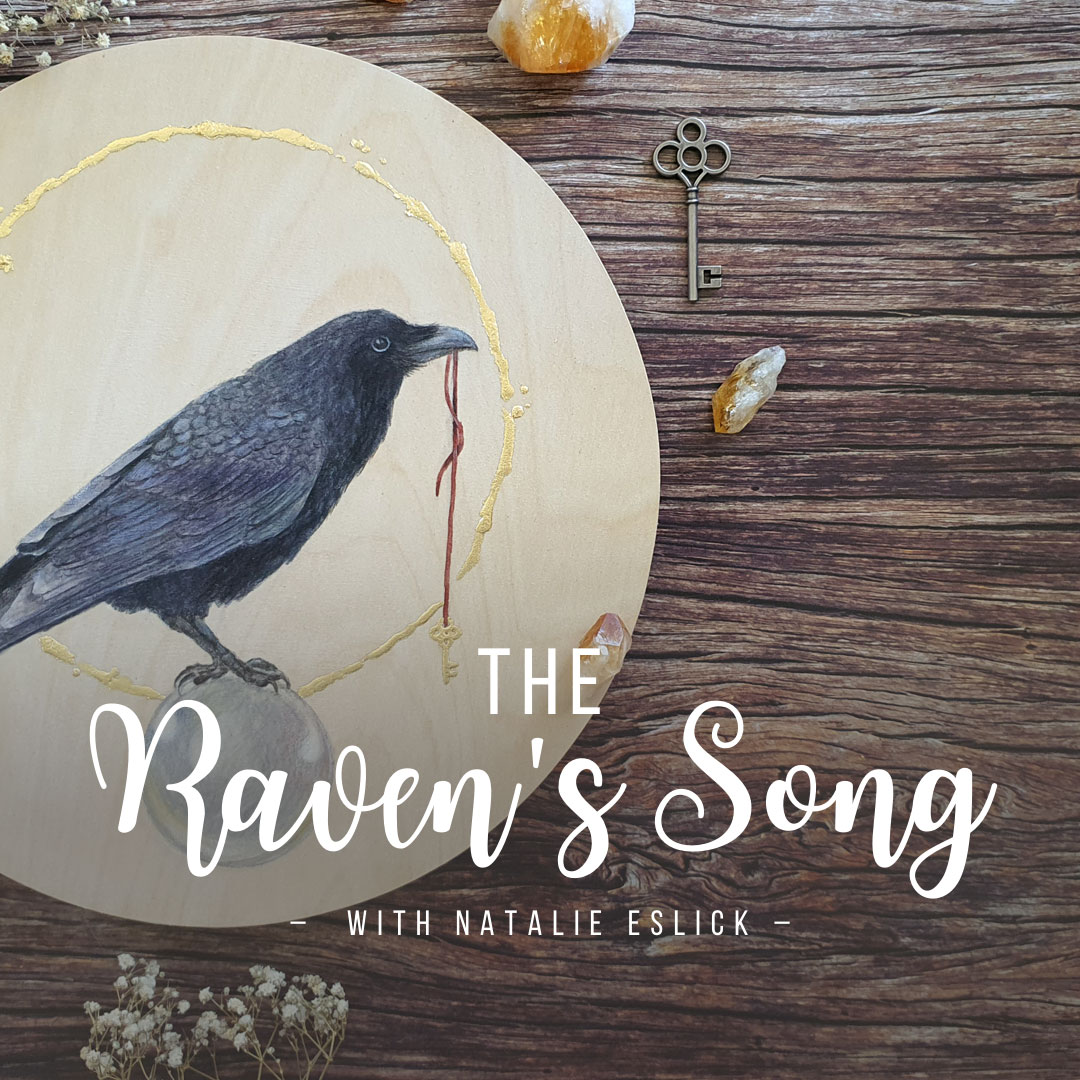IVY NEWPORT
Studioworks
Journal
a letter from ivy
Dear creative friends,
Welcome to Issue #37 of the Studioworks Journal! As always, I’m delighted you are here with me and I’m excited to share this with you. So as we begin this New Year, I wanted to do something a little different. This issue isn’t going to be about goal setting or instituting demanding new schedules or kicking off the new year by toiling away in the Studio. In fact, it’s going to be the opposite.
It occurred to me that everywhere you look in January you see – start that diet, lose your bad habits, hit the gym, lose that weight, begin working towards your goals….etc. etc. Ugh. I don’t know about you but I need some time to recover after all the hustle of the holidays. I need some alone time, some quiet time, some cuddle up in a blanket and listen to my soul time.
Soooo….I’ve decided this might be a lovely opportunity for us to dive into a cultural study, (we haven’t done one in a while) and also focus on self-care, comfort and contentment this month. All VERY necessary for us creatives!
We will be getting plenty of beautiful inspiration from Nordic culture, myth and art plus plenty of soothing moments from the Danish philosophy of Hygge. Not sure what Hygge (pronounced “hyoo-guh”) is? No worries, you are about to find out and I guarantee you are going to love it.
xo,

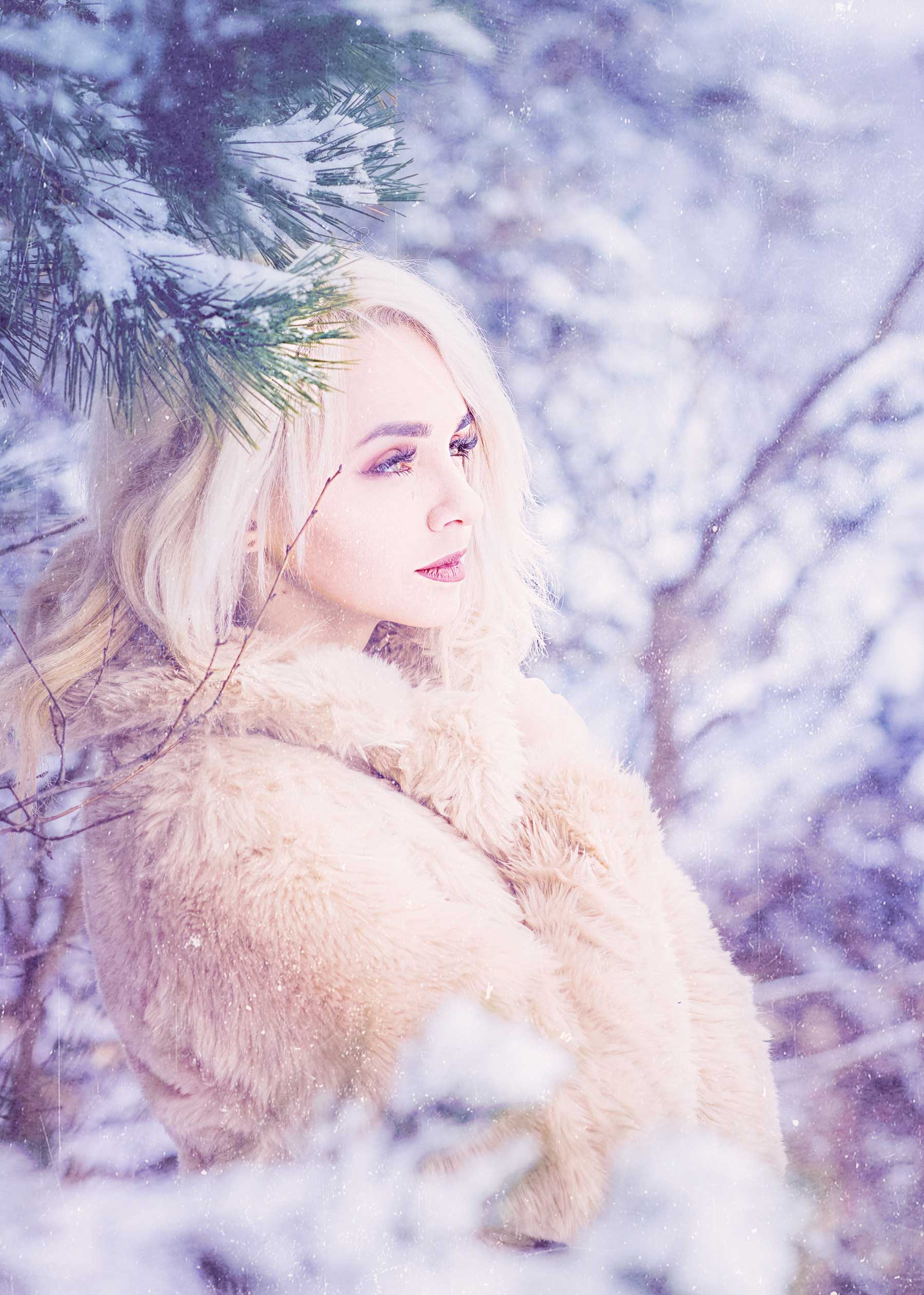
Each issue will invite you to explore your creative practice in whichever way works for you. Experience each issue at your own pace. Take what resonates with you and put the rest aside for another time.
Grab a cup of something lovely and dive in.
in this issue…
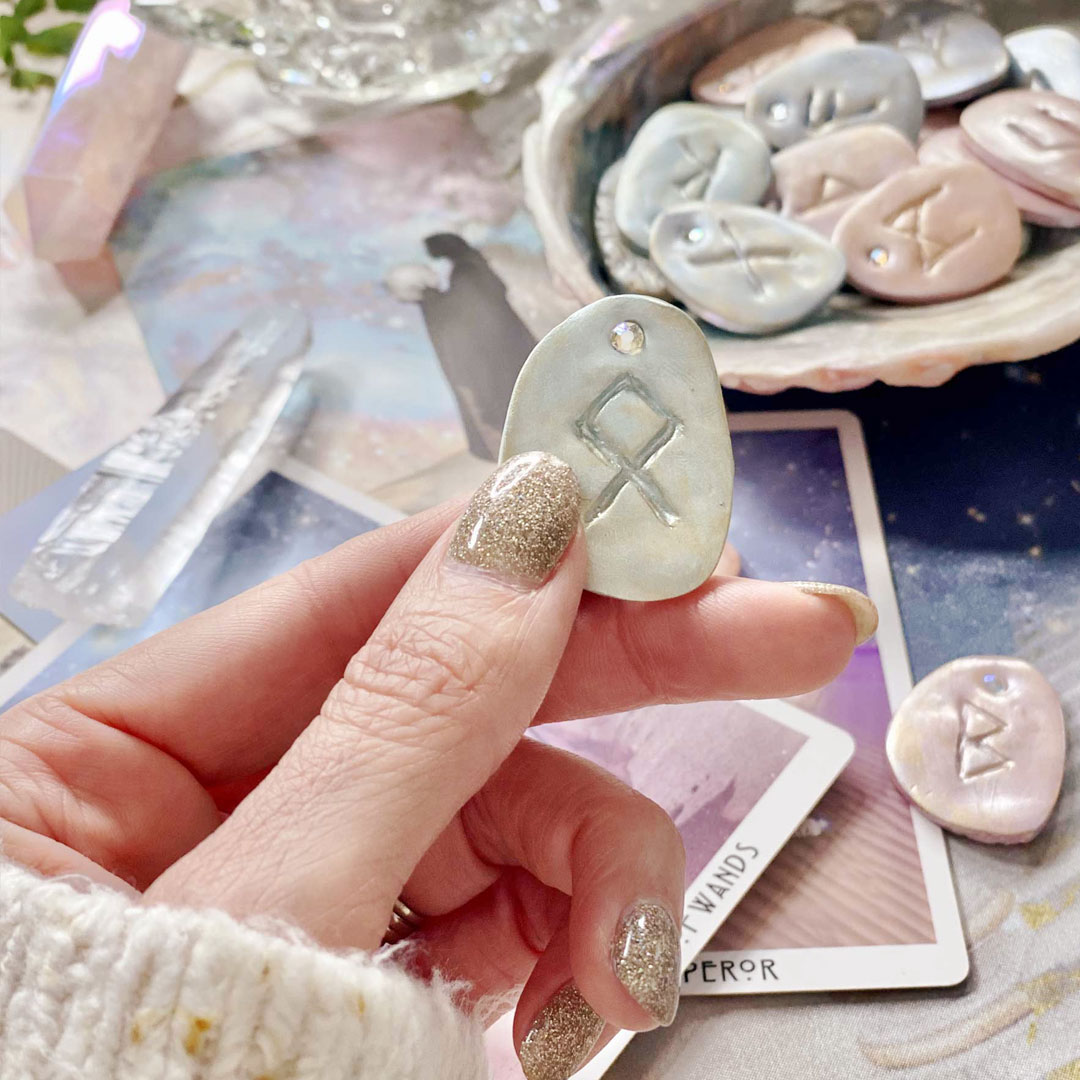
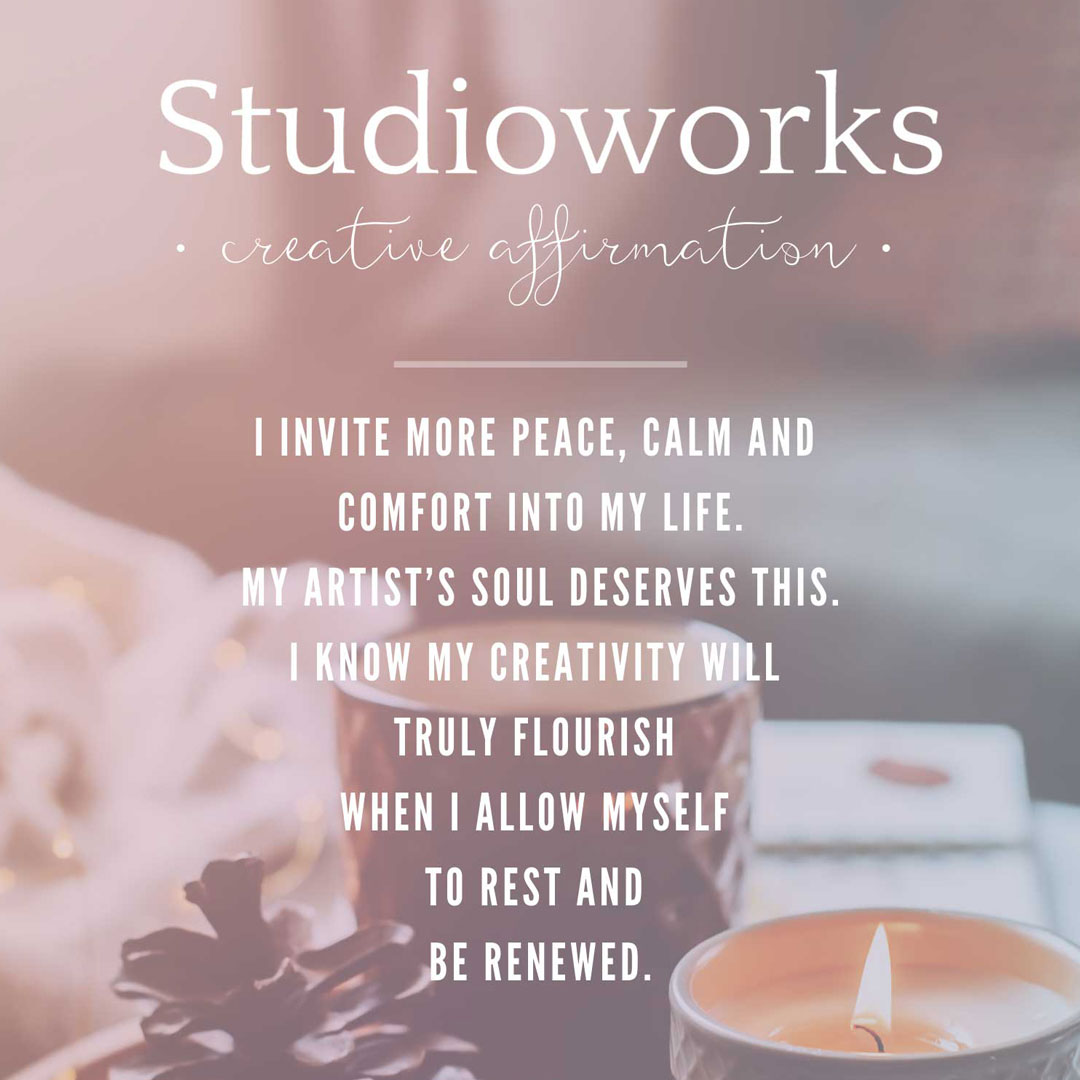
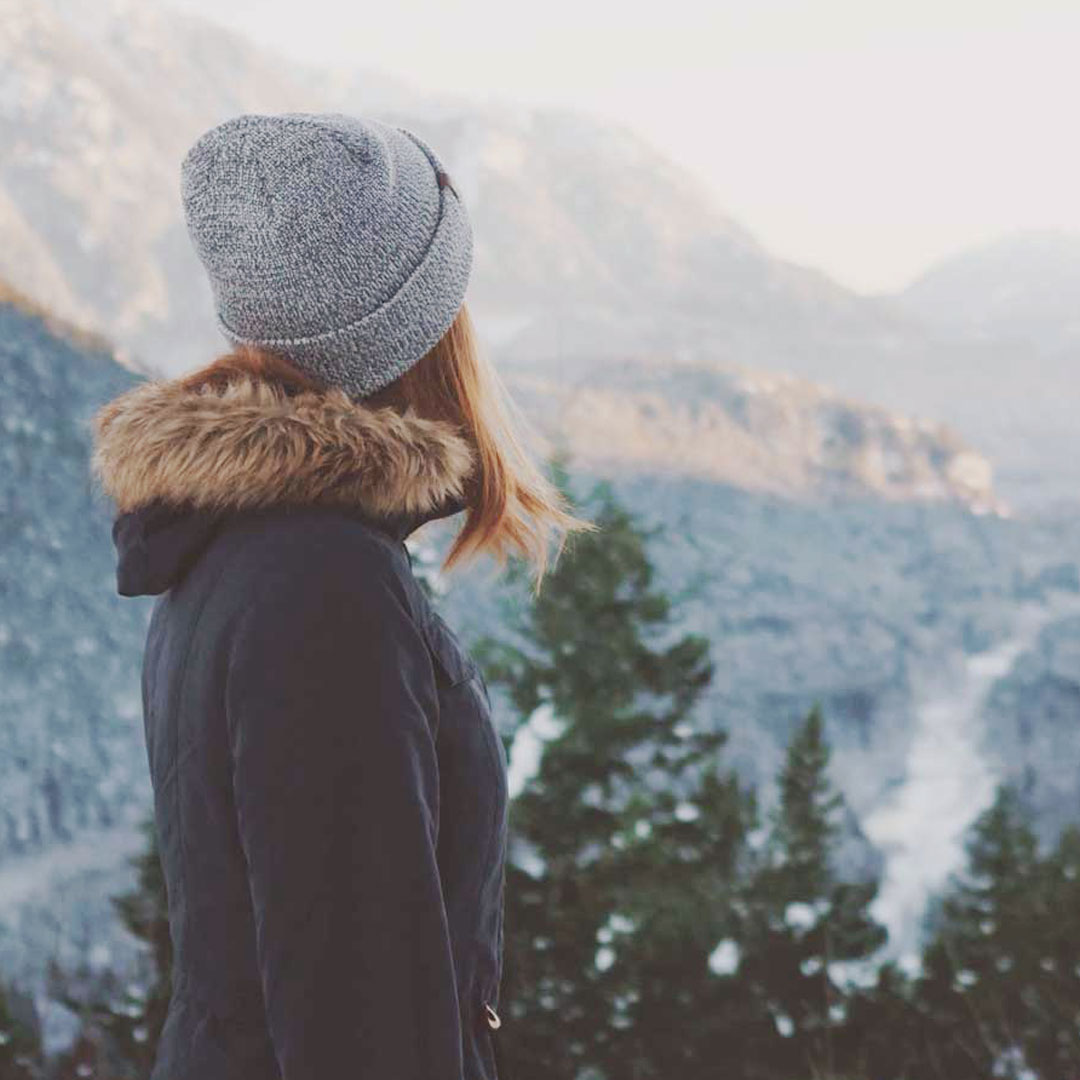
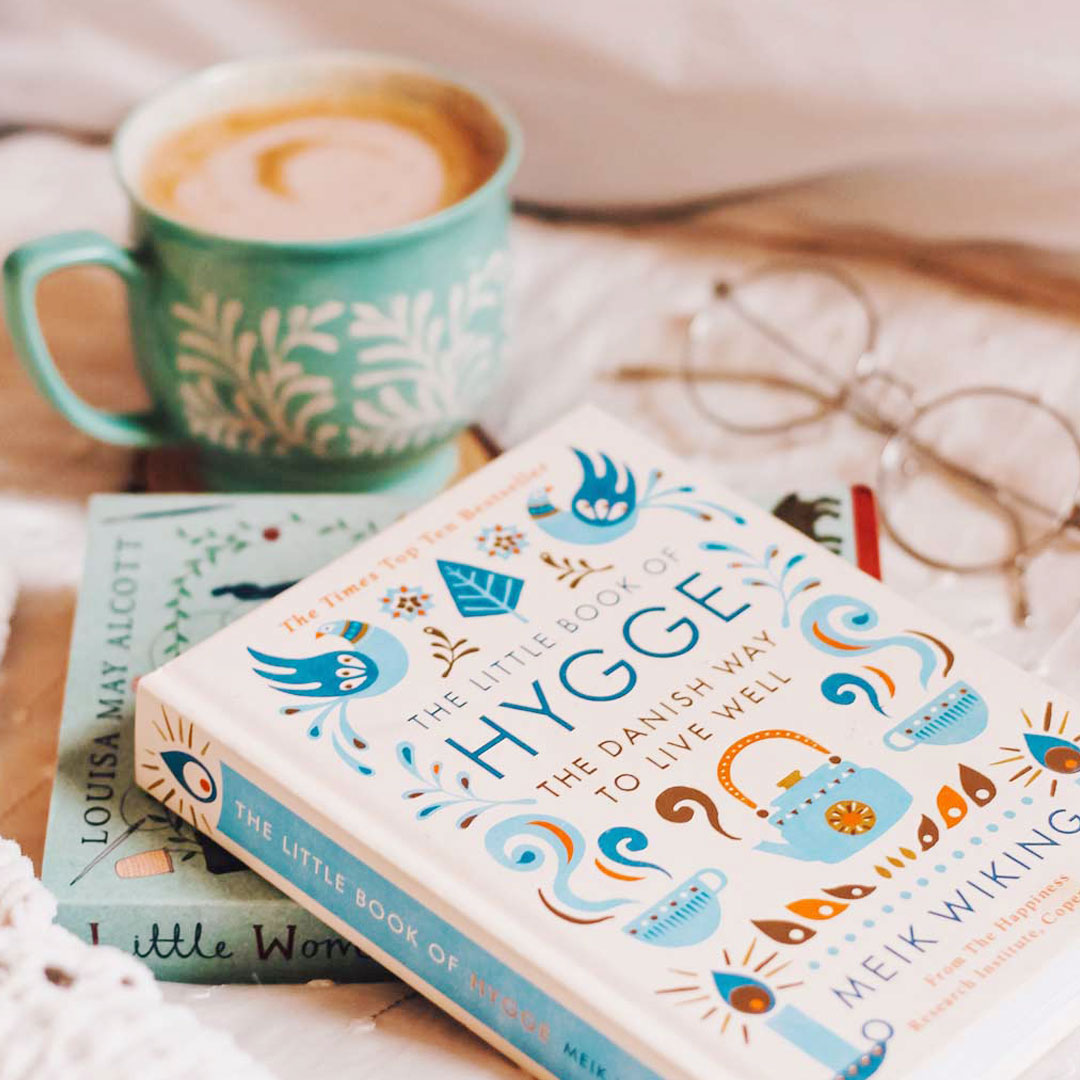
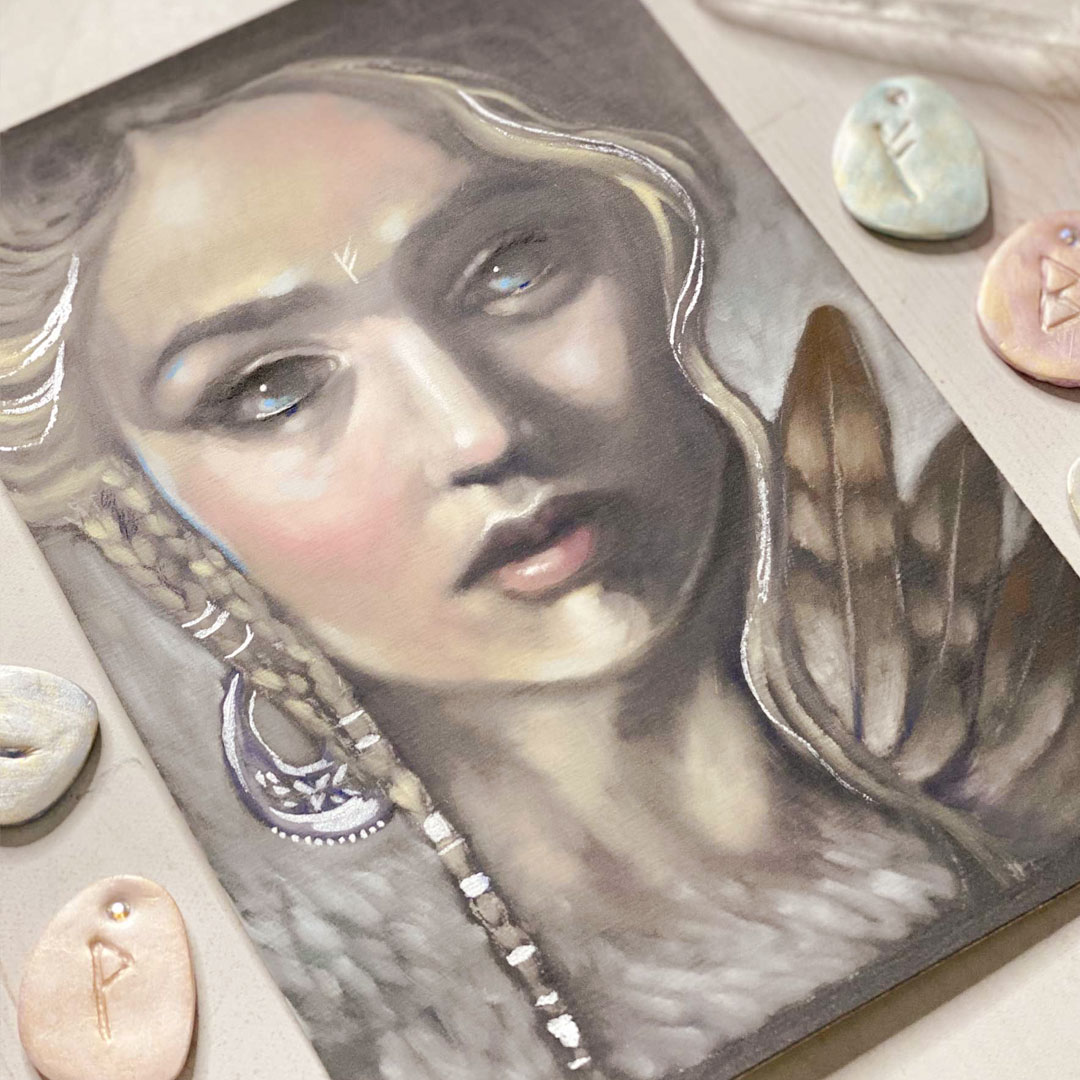
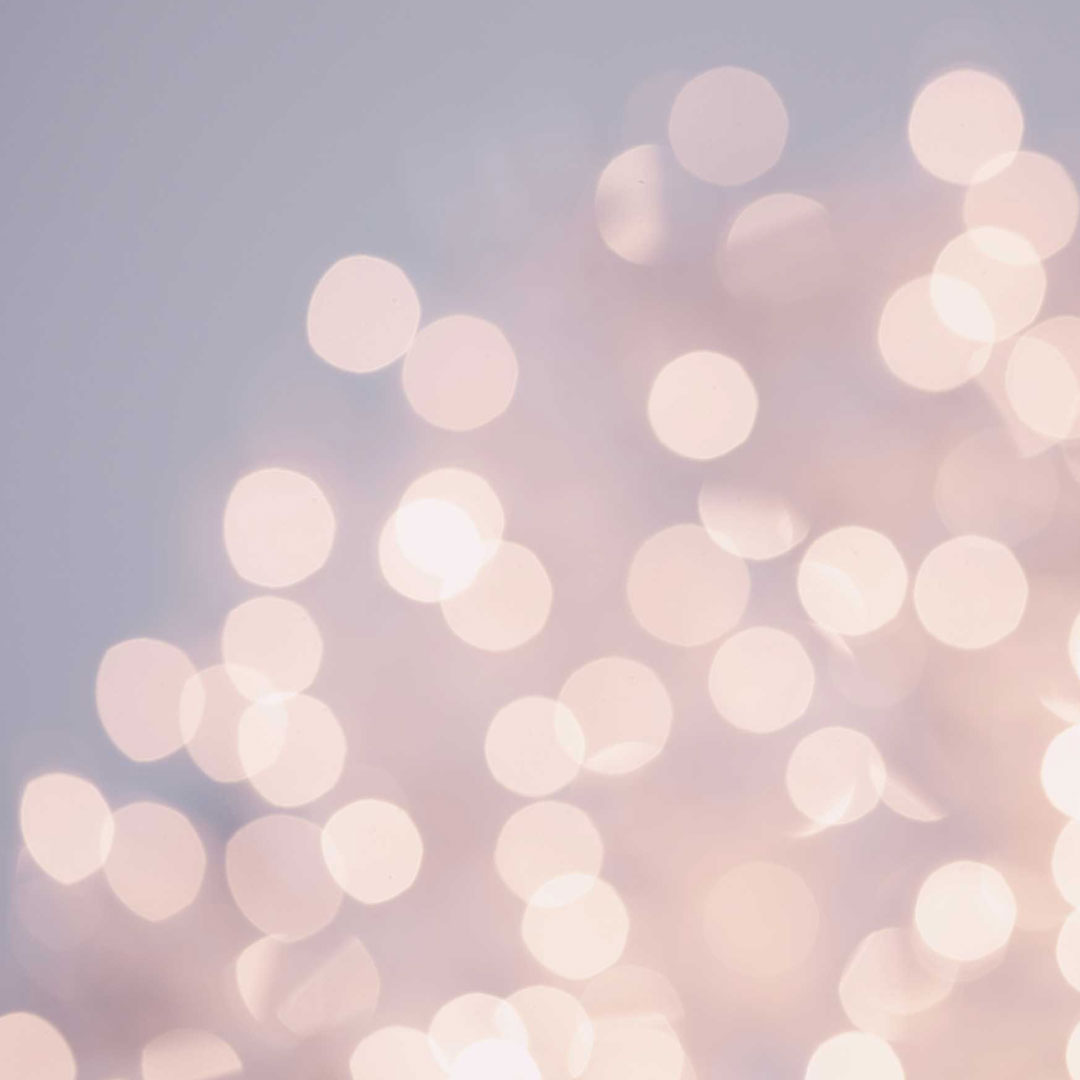
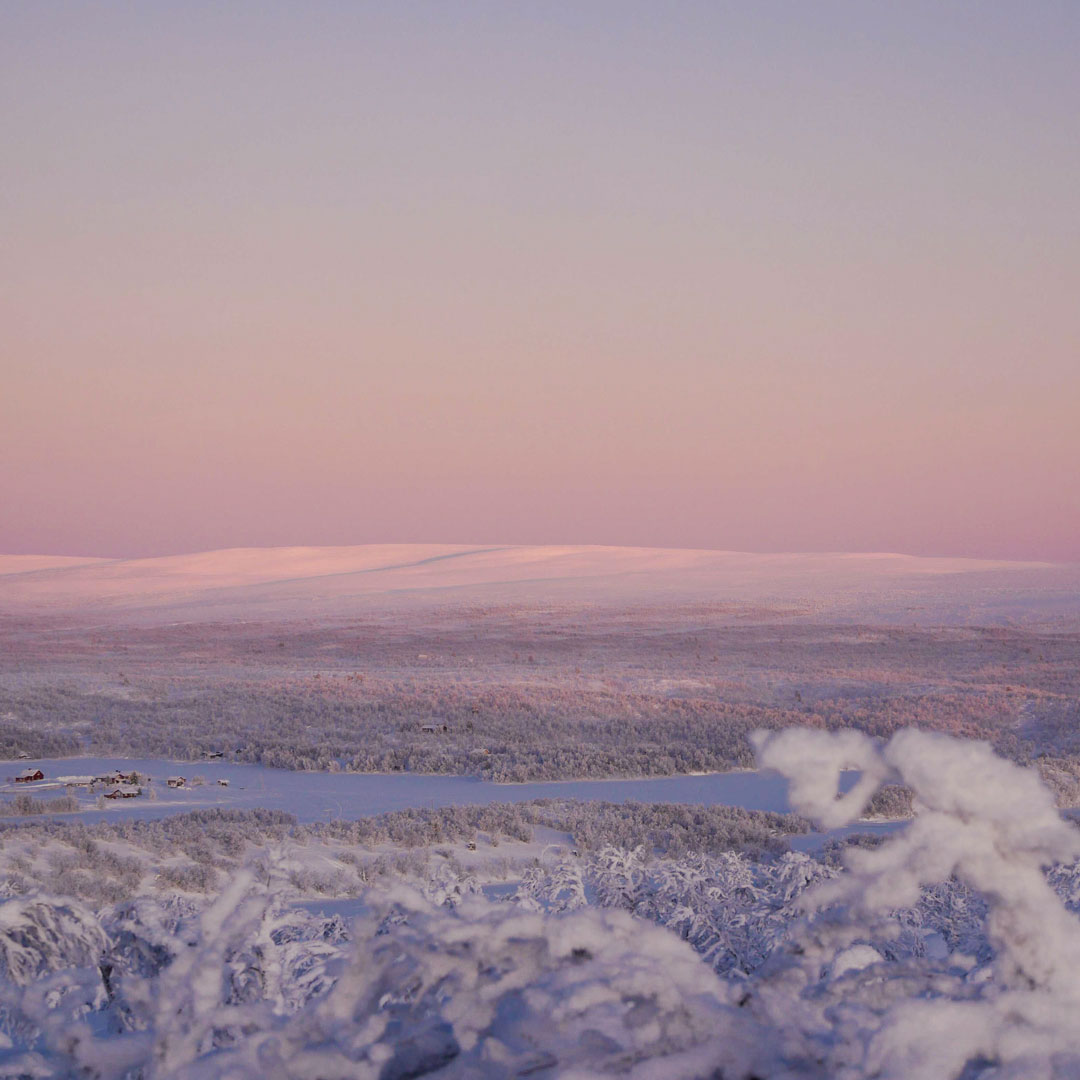
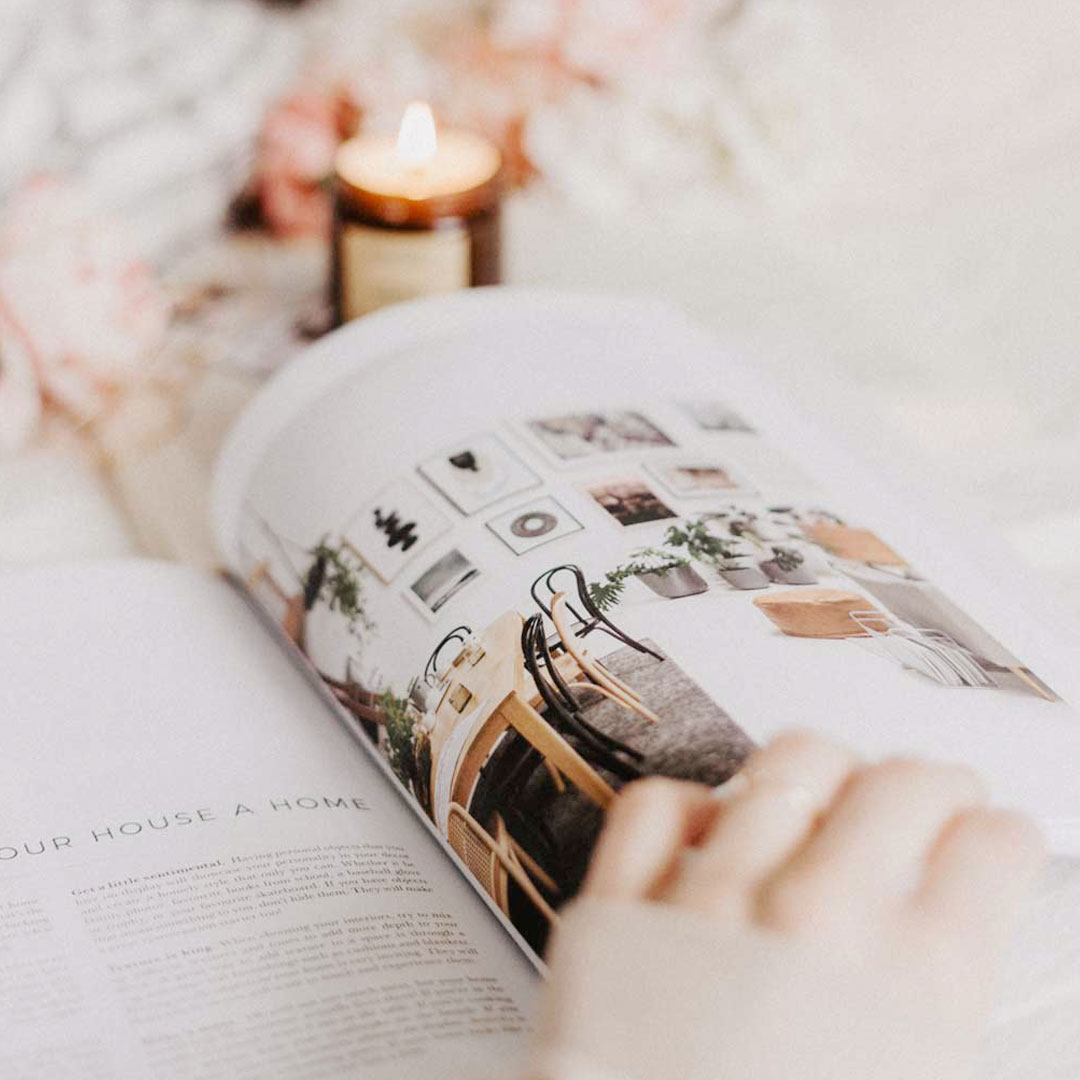
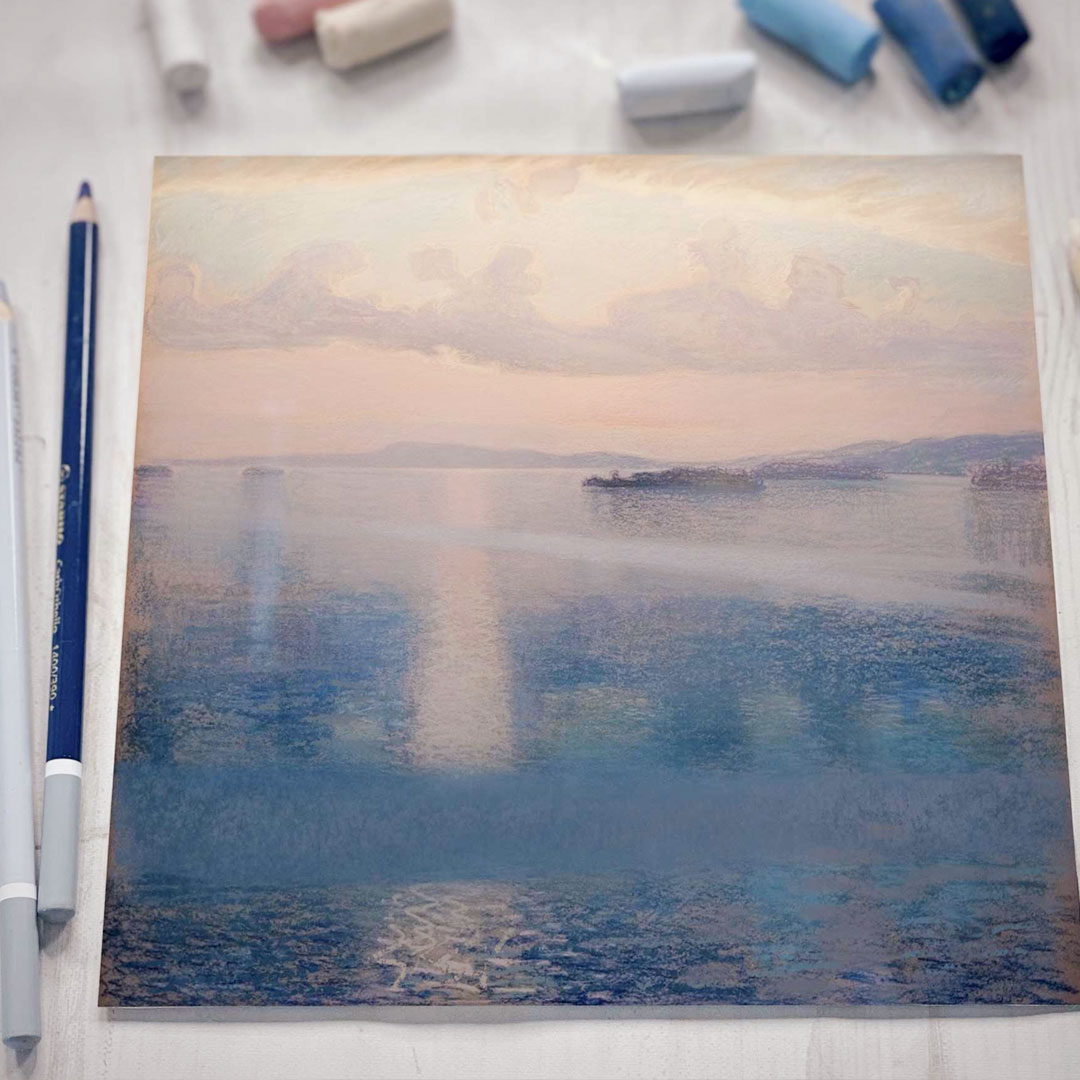
MONTHLY THEME
A Nordic Journey
As many of you know, travel is one of my deepest passions and I truly believe it can fuel our Artist’s soul with new inspiration, color, story and more. Of course, not everyone can just take off for some far away destination which is why I love to bring these experiences to you virtually via our Studioworks Journal!
So, let’s journey into the Nordic realm and learn a little more about this region which is steeped in culture and incredible natural beauty! This geographical region encompasses Denmark, Sweden, Norway, Finland, Iceland, and the territories Åland, Faroe Islands and Greenland. The word “Nordic” comes from the term “Norden,” which means “the northern lands”. The Nordic countries have much in common in history, lifestyle, language and social structure. Nature reigns supreme and the varied landscapes are breathtaking. Ocean, mountains, forests, fjords, lakes and marshlands make up the gorgeous scenery.
You may be wondering why I have chosen this part of the world for us to focus on…well for one thing my father’s lineage is from Norway and this culture and land calls to me but I also chose it because of its beautiful duality. It is a region that knows the seasons, it knows of light and dark, rest and renewal. Many of us are in the darkness of Winter, while others in our community are awakening to the light of Spring. Support, creative guidance and inspiration are key during these natural transitions.
Moreover, I chose this region because it has a rich history and oral tradition, it has ancient roots to Norse myth and magic and it has an incredible lineage of artists and makers dating back to prehistoric times.
I also love to dream and wonder about how it is to live somewhere else. To slip into another’s shoes for a moment and see what their day to day might look like. When researching the Nordic countries, I discovered this wonderful artist, photographer and filmmaker – Jonna Jinton via her amazing YouTube channel. I invite you to watch this beautiful film about Jonna’s experience with Sweden’s dark and light seasons and to experience a glimpse into her world…
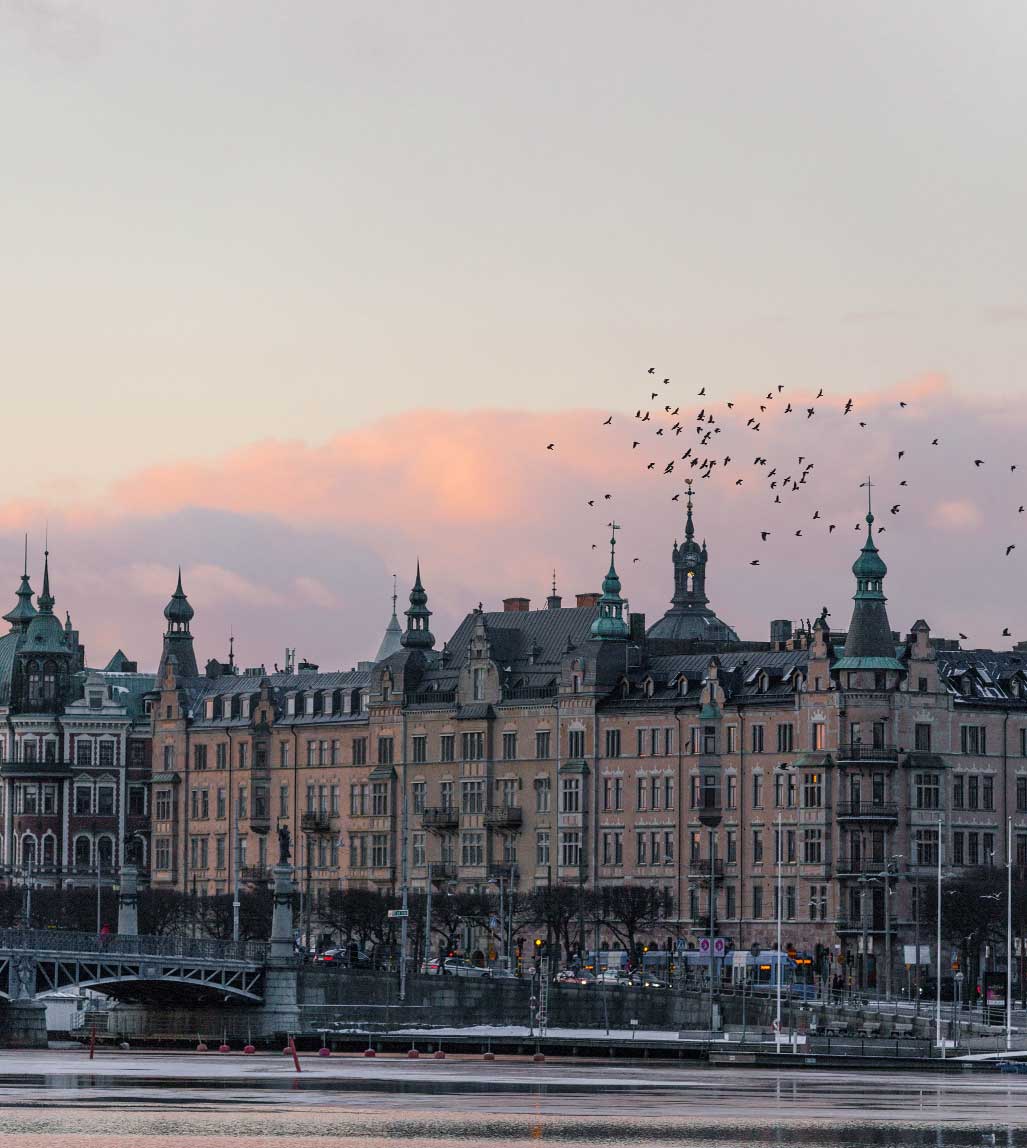
“It is darkest before dawn.”
– Old Norse Proverb
Nordic Folk Art Traditions
Folk art is important to look at when studying a culture because it gives us a peek into the daily life of its people. Most often, folk art adorns useful everyday objects or depicts routines and rituals. By examining both the folk art and the fine art within a culture one can get a more well rounded view of the culture’s identity and heritage. As artists, we can draw great inspiration from cultural art, only deepening our connection to the artists, makers and creators that came before us.
Obviously, the folk art traditions that come from Nordic countries are many, so we will only be exploring three art traditions or styles from this region.
“What is hidden in snow, is revealed at thaw.”
– Old Norse Proverb
Norwegian Rosemaling
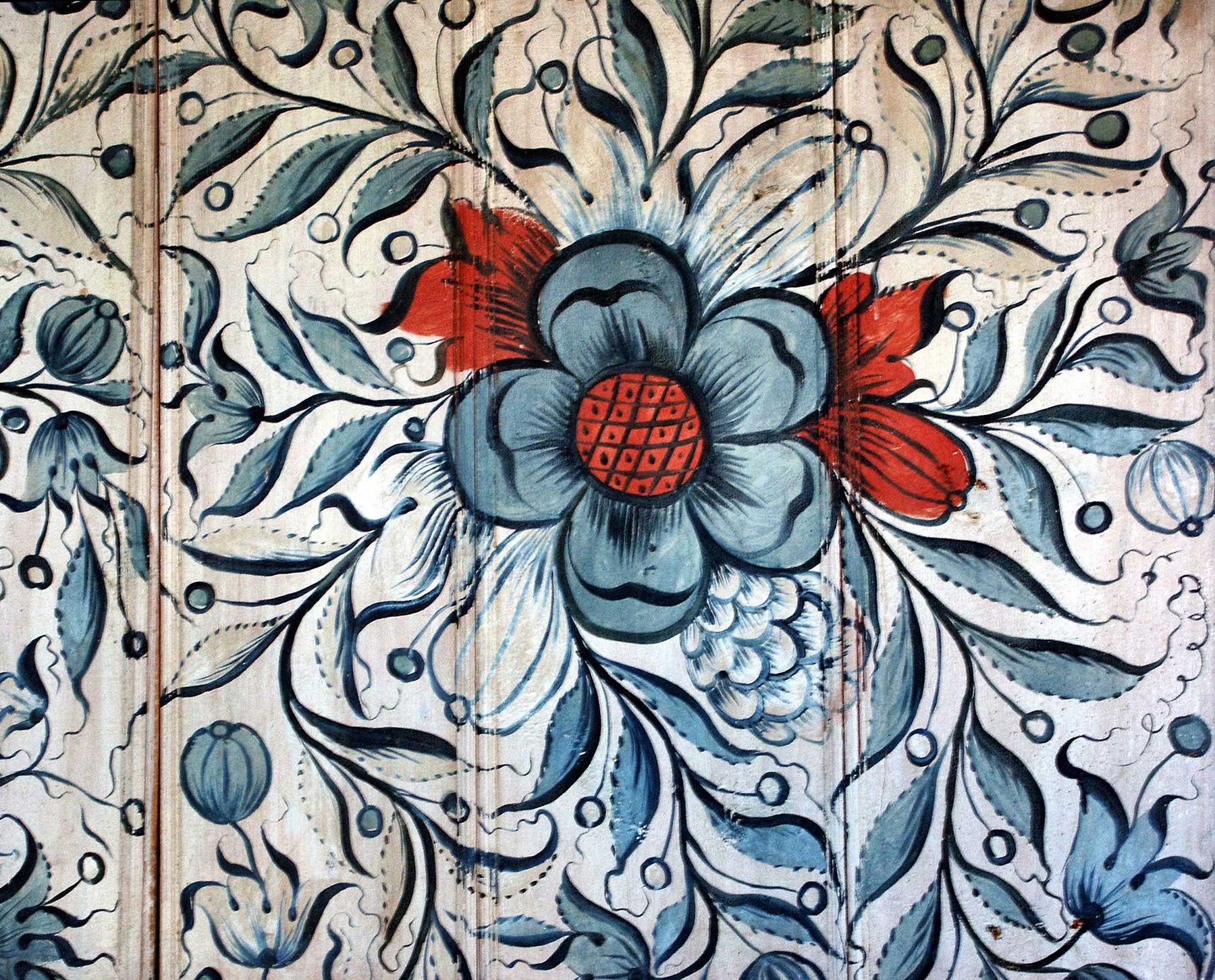
Rose painting in Uvdal Stave Church, Buskerud, Norway
Rosemaling or Rose-painting
A Scandinavian decorative folk painting that flourished from the 1700s to the mid-19th century, particularly in Norway. Rose-painting was used to decorate church walls and ceilings. It then spread to wooden items commonly used in daily life, such as ale bowls, stools, chairs, cupboards, boxes, and trunks. Using stylized ornamentation made up of fantasy flowers, scrollwork, fine line work, flowing patterns and sometimes geometric elements give rose-painting its unique feel.
Some paintings may include landscapes and architectural elements. Rosemaling also utilizes other decorative painting techniques such as glazing, spattering, marbleizing, manipulating the paint with the fingers or other objects.
The artists who rosemaled for their livelihood were trained within a “guild” and they traveled from county to county painting churches and/or the homes of the wealthy for a commission of either money or merely room and board. Thus, rosemaling was carried over the mountains and toward Norway’s western coast. Eventually the tradition was brought to America via Norwegian immigrants.
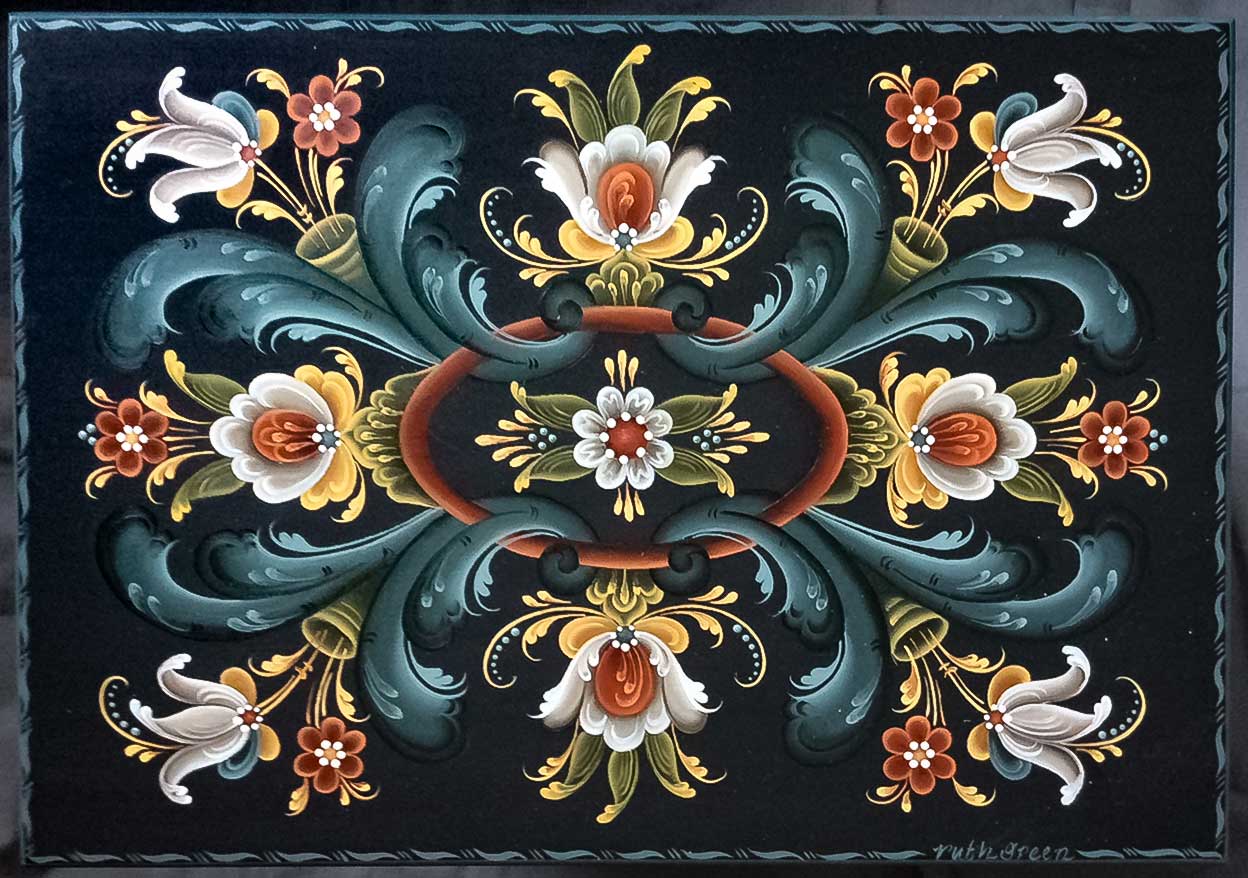
Rosemaling from Rogaland, Norway
Swedish Bonads
A Swedish “bonad,” or wall hanging, was a prized possession among Swedish farming families and only hung during special occasions. These hard working people often lived tightly together in small homesteads with tiny windows to prevent the cold from seeping in. During a long, dark and very frigid winter it was a joy to unroll these painted wall hangings and display them on the walls of the home.
These works of art might be considered the “poor man’s tapestry” but they were cherished and passed down within a farming family. Most of the ones still in existence date back from about 1750 to the middle of the nineteenth century.
Most bonads from this period depicted scenes of farm and village life or stories from the bible. Part of the charm of these pieces of folk art is that the biblical figures are depicted wearing the fashions of the Swedish court.
The local or travelling artists who created these paintings worked to order. Often images were chosen to mark a family milestone, a marriage or the birth of a child.
Today, these folk art pieces are rarely seen outside Swedish museums.
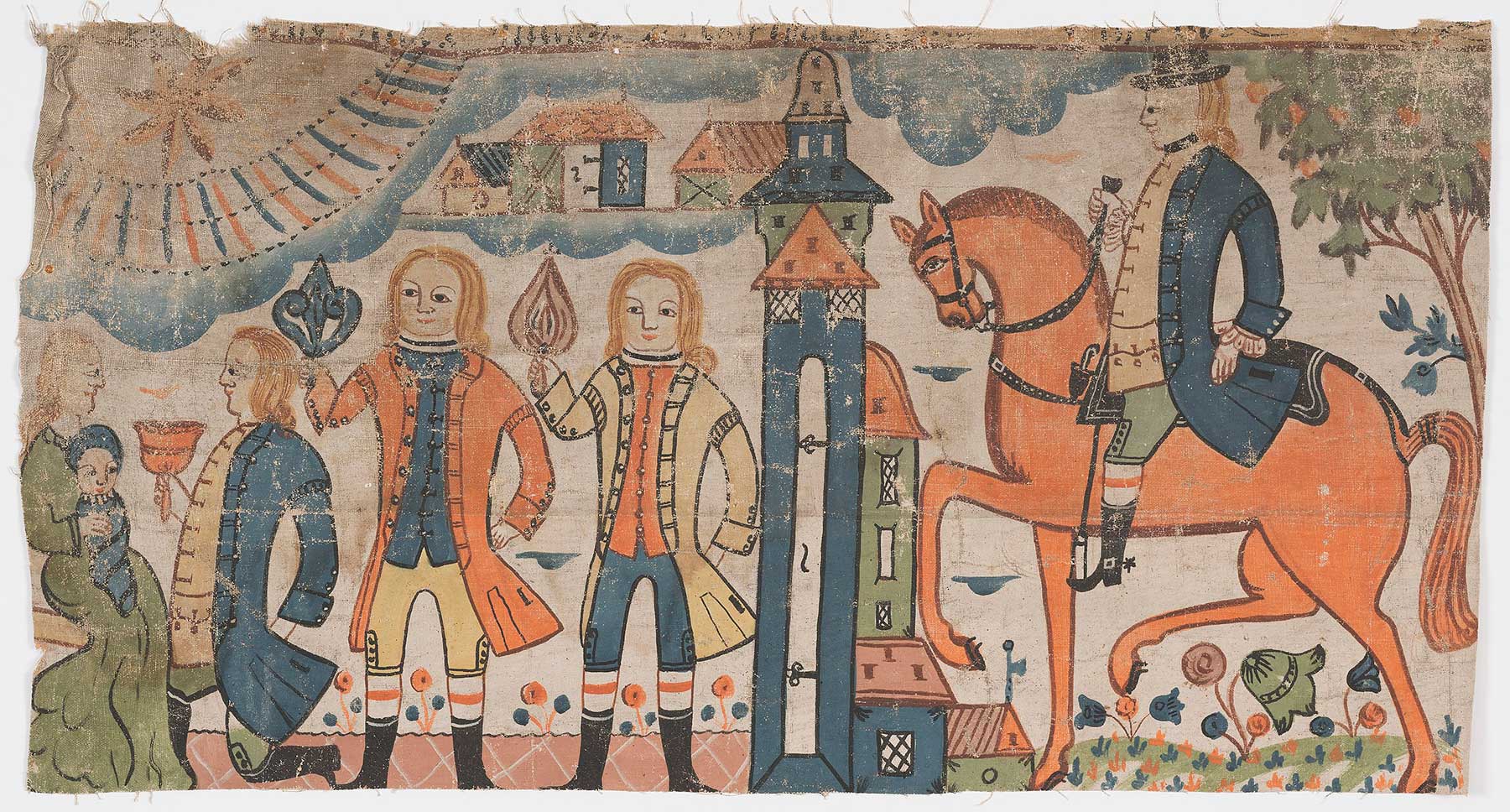
Bonad (Sweden), 1890
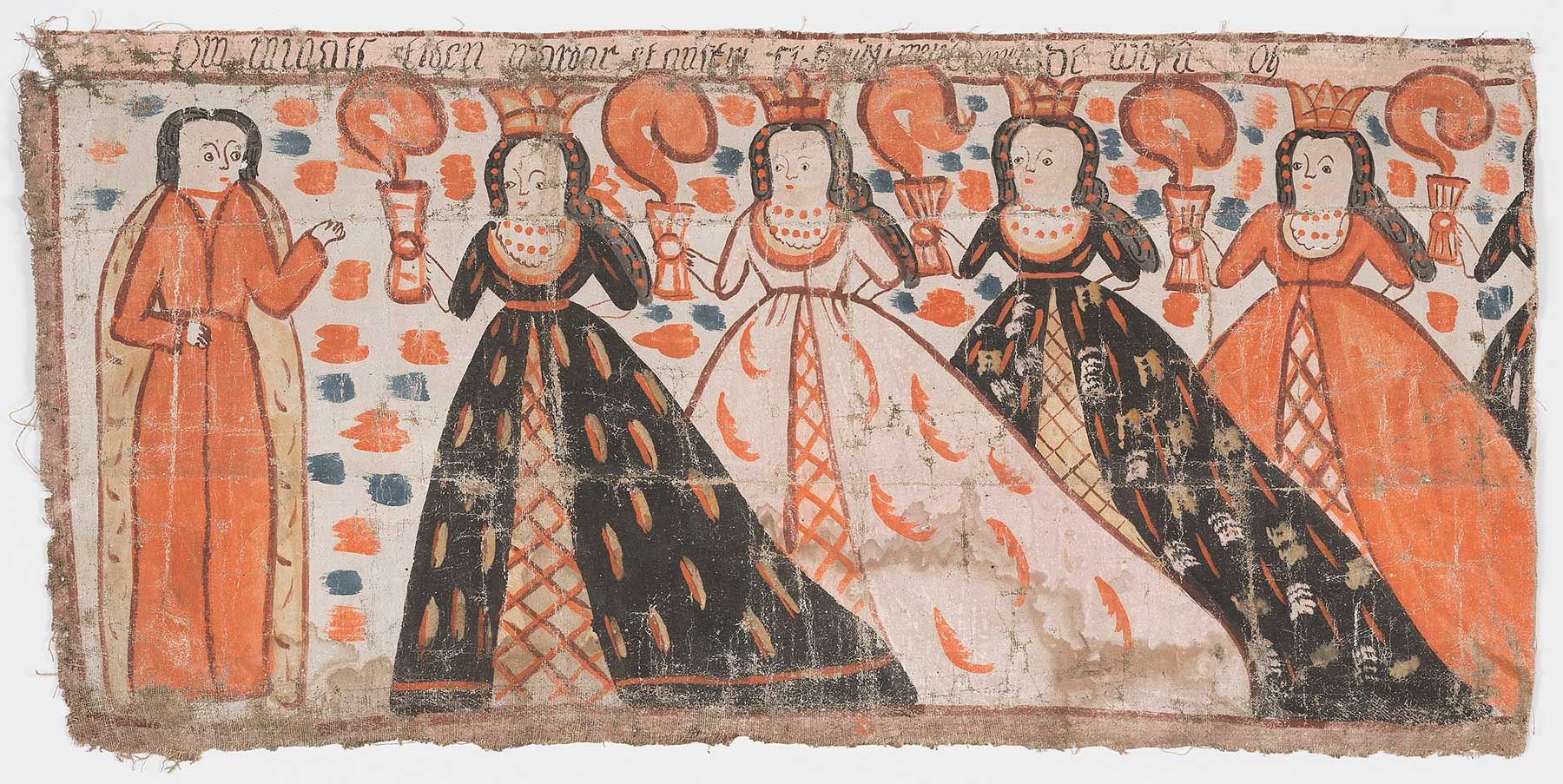
Bonad (Sweden) 1775–1825
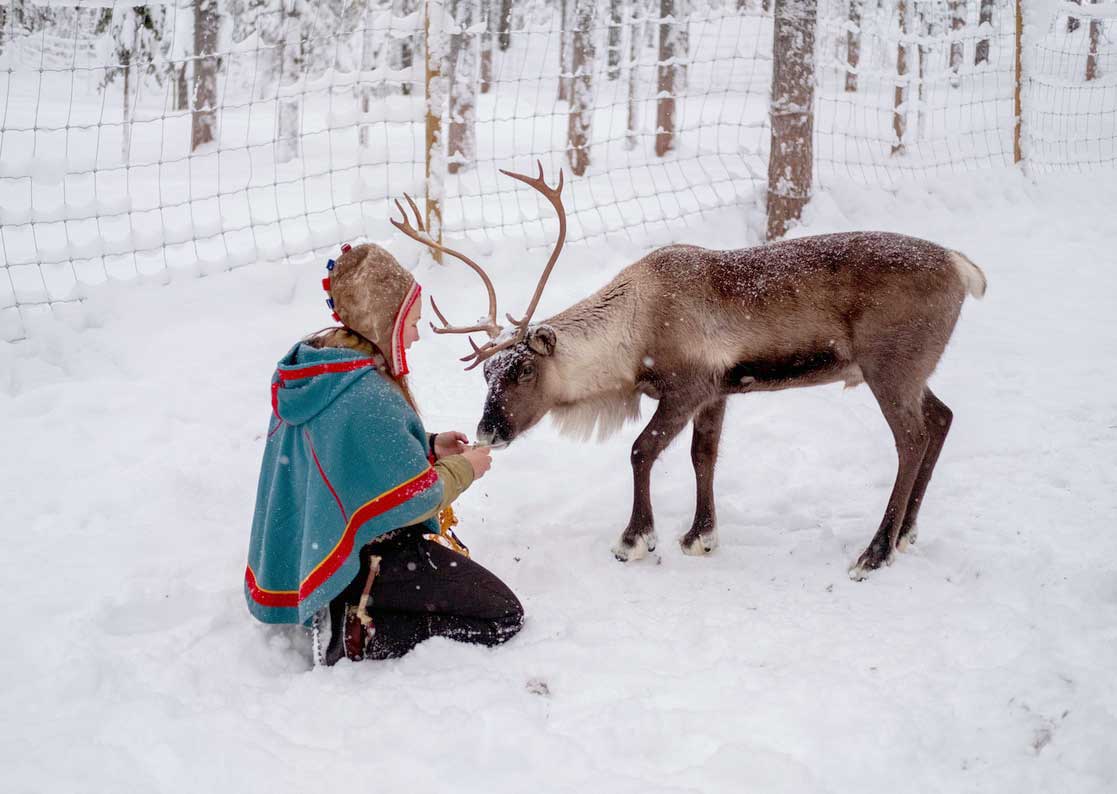
Sami Arts & Crafts
The Sami people are an indigenous Finno-Ugric-speaking people inhabiting the region of Sápmi (formerly known as Lapland), which today encompasses large northern parts of Norway, Sweden, Finland, and Russia, most of the Kola Peninsula in particular.
Traditionally, the Sami have pursued a variety of livelihoods, including coastal fishing, fur trapping, and sheep herding. Their best-known means of livelihood is semi-nomadic reindeer herding.
Obviously, these people are incredibly connected to Nature so it is no surprise that their handicrafts are created using leather, wood, roots, birch bark, bone and horns. They also used pewter, silver and pearls which they often traded for. They created beautiful drums, jewelry, textiles, beadwork and much more.
Here are just a few examples of their art and crafts:
Risku brooch has been worn for centuries by Sami men and women for fastening shawls and scarves. It has been said that the design is inspired by the movement of the sun across the sky.
As mentioned, these are just some of the folk art creations from the Nordic region. There is so much more to explore if this interests you. Take note of the colors, symbols, styles and patterns that inspire you. If you have a family connection to this part of the world, do a little digging if you feel called to and see what kinds of creations your ancestors might have made.
Remember, art is influenced by the world around us, the broader your view and experiences of the world, the more inspiration you can draw from!
“Even in the sheath the sword must be sharp – so too must the mind and the spirit be within the body.”
– Old Norse Proverb
Nordic Folk Art Traditions
Hygge for Artists
So you may have heard this term before…it’s often thrown around as a type of lifestyle or decor but it truly goes much deeper than that…
First of all, how do you pronounce it? Hygge is actually pronounced – (hyoo – ga). The word originates from a Norwegian word that means “well-being” or “comfort”.
So what exactly is it then? Well, it is a bit tricky to define but I believe it is actually more of a mood or an experience. One of coziness, peace, love and comfort.
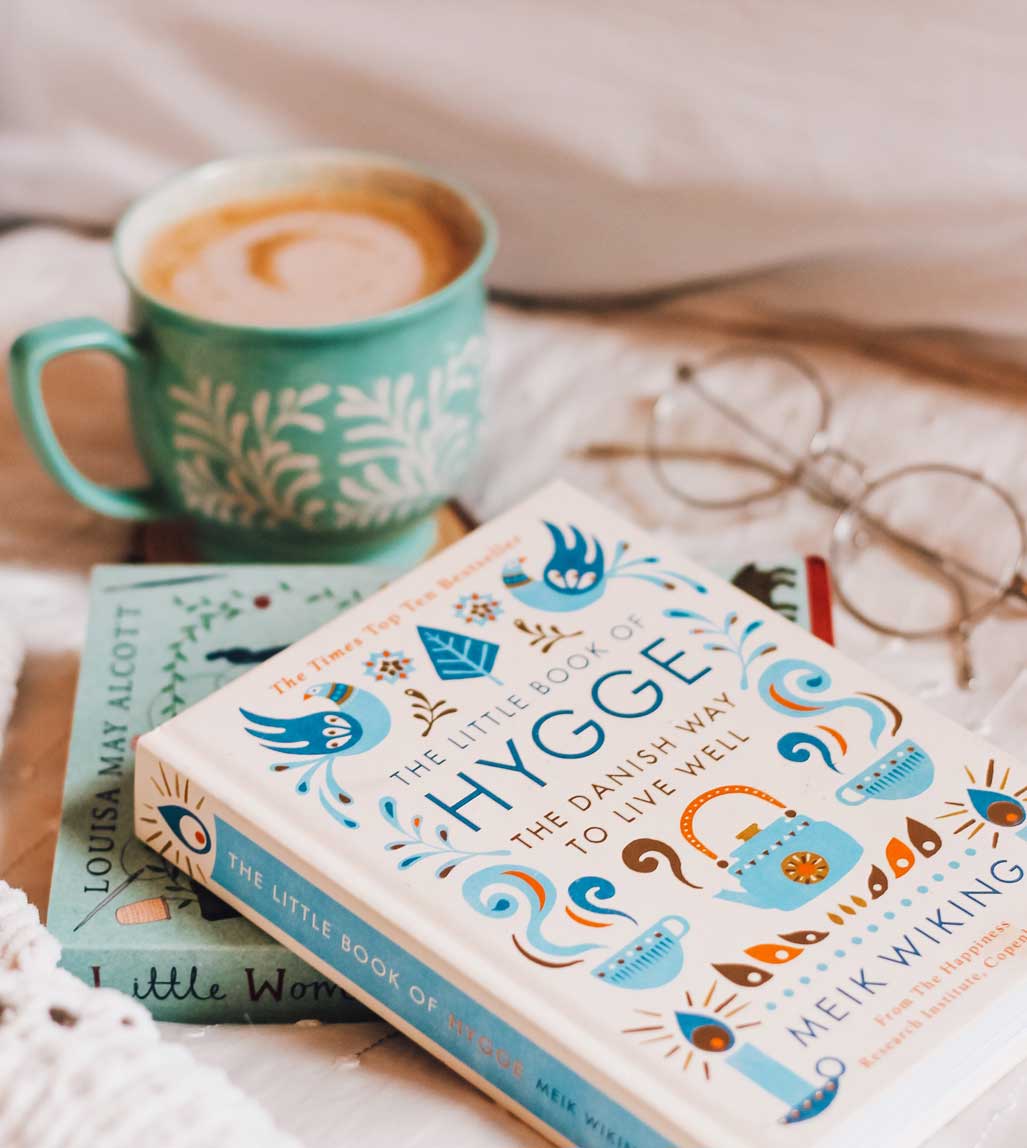
Picture this – a rainstorm has just begun outside, you are cozy and comfy in your favorite sweats, slippers and all. You light a few candles in your studio and sip from a warm mug of your favorite tea. You slowly and deliberately set up your workspace and begin to splash your favorite colors onto your canvas. Sigh….right?
OR
You are sitting in a warm cafe with your favorite art friend. Outside the snow is beginning to fall. There is soft music playing. The gentle hum of people chatting and laughing quietly fills the room. The smell of freshly baked croissants lingers in the air. Your hands are wrapped around an extra-large cup of hot cocoa as you discuss your favorite paints with your dear friend. You feel so grateful for this connection.
This is Artist Hygge and oh my goodness, does it feel good to our Artist’s souls! So how do we invite more of this into our day-to-day creative life?
Living in your NOW
Being fully present in the moment is key to experiencing hygge. You can’t be worrying about the past or overthinking the future. You need to breathe and slow down and just BE with what is. Find something to focus on that brings you comfort. This could be really focusing on how your fragrant tea tastes and feels as it warms your belly. It could be watching the flame of a candle for a few minutes and breathing deeply. This presence is the gateway to a hygge moment. Hygge doesn’t happen alongside stress or anxiety.
Connect with those your Love
Connection is a big part of the hygge experience. Make time to physically (when possible) connect with the people in your life who fill you up. Us Artists can be a little hermit-like at times but we need human connection just like anyone else. We especially need to commune with other creatives who support and inspire us. So go call that art friend you haven’t seen in ages and set up a date.
Set the Mood
As mentioned, Hygge is a kind of atmosphere where we feel safe, loved and peaceful. So what does that mean to you? To many of us, this can mean soft lighting (hello candles), our favorite tunes, a clean and pleasant environment, a warm mug of our favorite drink, and some inspiring art magazines. Even if it’s the middle of summer we can create a hygge moment in our studios. Try a bouquet of fresh flowers, some whimsical fairy lights strung about, a crisp glass of iced tea or lemonade, a soft and breezy dress and a gorgeous little palette of watercolors. You don’t need fancy belongings to create hygge, you just need the intention to surround yourself with elements that make you feel good!
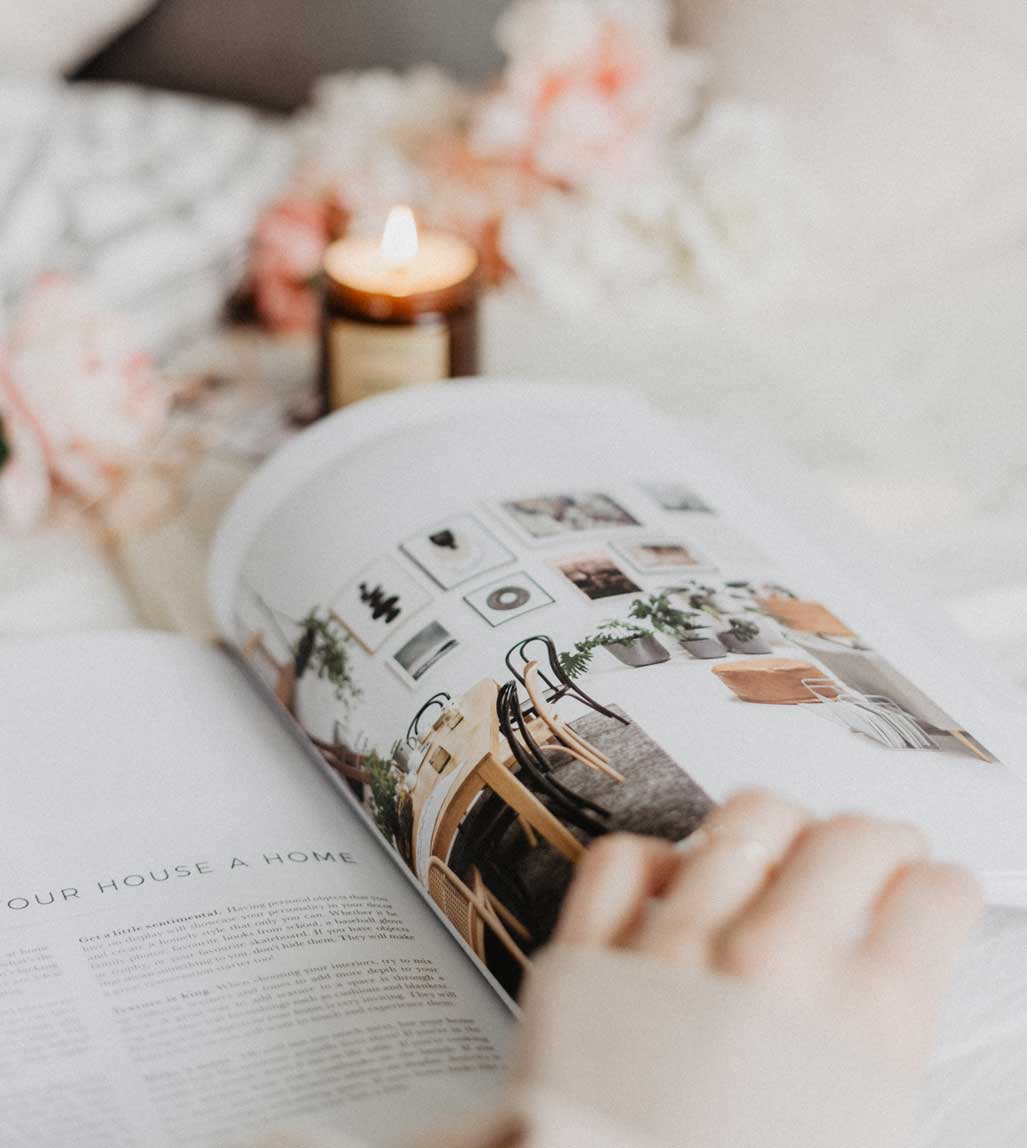
Artist Activities that support a Hygge vibe:
- Color swatching in a favorite sketchbook or journal
- Art journaling
- Collage
- Painting in a soothing palette
- Organized your supplies in pretty containers and vessels
- Creating a self-care creative altar
- Drawing or painting outside in Nature
- Arting with a close friend or family member
- Creating portraits of your family and pets
- Making your own paints or papers
Here are a few descriptions of blissful hygge in the Studio from Artists in our community…
Light lots of light and cello music rather loud. All my supplies at hand.
– Shirley Reese
Ambient music playing. Incense burning. Morning sun shining into the window the room I paint/create in. Drink of choice on the table and all the hours of the days ahead of me to create.
– Debbie Manske
Early in the morning, a quiet house, music, and surrounded by inspiration.
– Tamara Mulkey
A warm, fresh cup of coffee, or hot cocoa, little white Christmas lights, and my favorite music playing. It helps to have my table set up and ready to go.
– Barbara Haberkorn
As I coorie in to my studio and the rain batters against the window I light the candles on my alter surrounded by my special keepsakes. Switch on the twinkly lights, feel the soft rug under my feet and the glow of my electric flamed fire ready to immerse myself in another day of beautiful creations.
– Susan Mccreevy
“Hygge is about having less, enjoying more; the pleasure of simply being. It is generous and celebratory, a way to remember the importance of the simple act of living itself.”
– Louisa Thomsen Brits
Hygge For Artists
Hygge Artist PROMPT:
- Get yourself a cup of something warm, light a few candles, play your favorite soft tunes and get your art journal out. Grab a favorite medium and do some quiet color swatching and see what colors make you feel the most soothed. Make note of these and jot down why…
WORD OF THE MONTH
Comfort
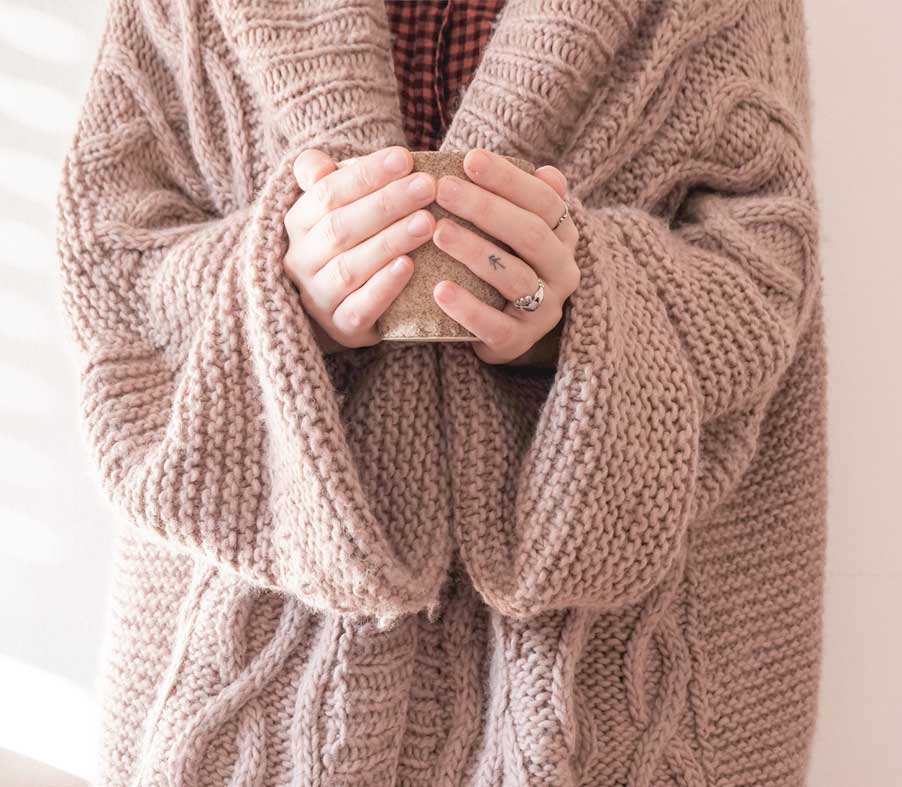
“Remember, the entrance door to the sanctuary is inside you.”
– Rumi
Comfort – (noun) : a feeling of relief or encouragement, well-being, a satisfying or enjoyable experience.
To feel comfort is important to us all and artists need it on a regular basis. For many of us sensitive souls, the day to day exchange with the world can be draining or jarring. Our world today isn’t easy and if one pays too much attention to all the goings on, chatter and online pollution it is downright heartbreaking. So this month, in particular I wish for us to cultivate more self-comfort. Whether that means taking a social media break, cooking your favorite winter soups or organizing your art supplies, figure out what kind of comfort your soul is yearning for. How can you make a little more room for this in your daily life? I believe that as an artist expresses herself she is literally pouring out energy. Once the creation is birthed we are spent. We need to find ways to dip back into our creative wells and replenish the energy we have just expended. Comforting activities do just that.
Word of the Month - Comfort
The Norse Runes
You guys know that I love tools to tap into my intuition. Tarot and oracle cards have always been supportive in the creative work I do because they allow me to work with my subconscious mind, co-create with the Divine and tap into my intuitive knowledge.
The Runes have this wonderful potential too! I’ve actually had a set of Runes since I was 14 years old. I became quite captivated by them when I learned they were connected to my Norwegian lineage and have used them for years.
Since we are exploring the Nordic realm, I thought this would be the perfect time to share more about their history and use.
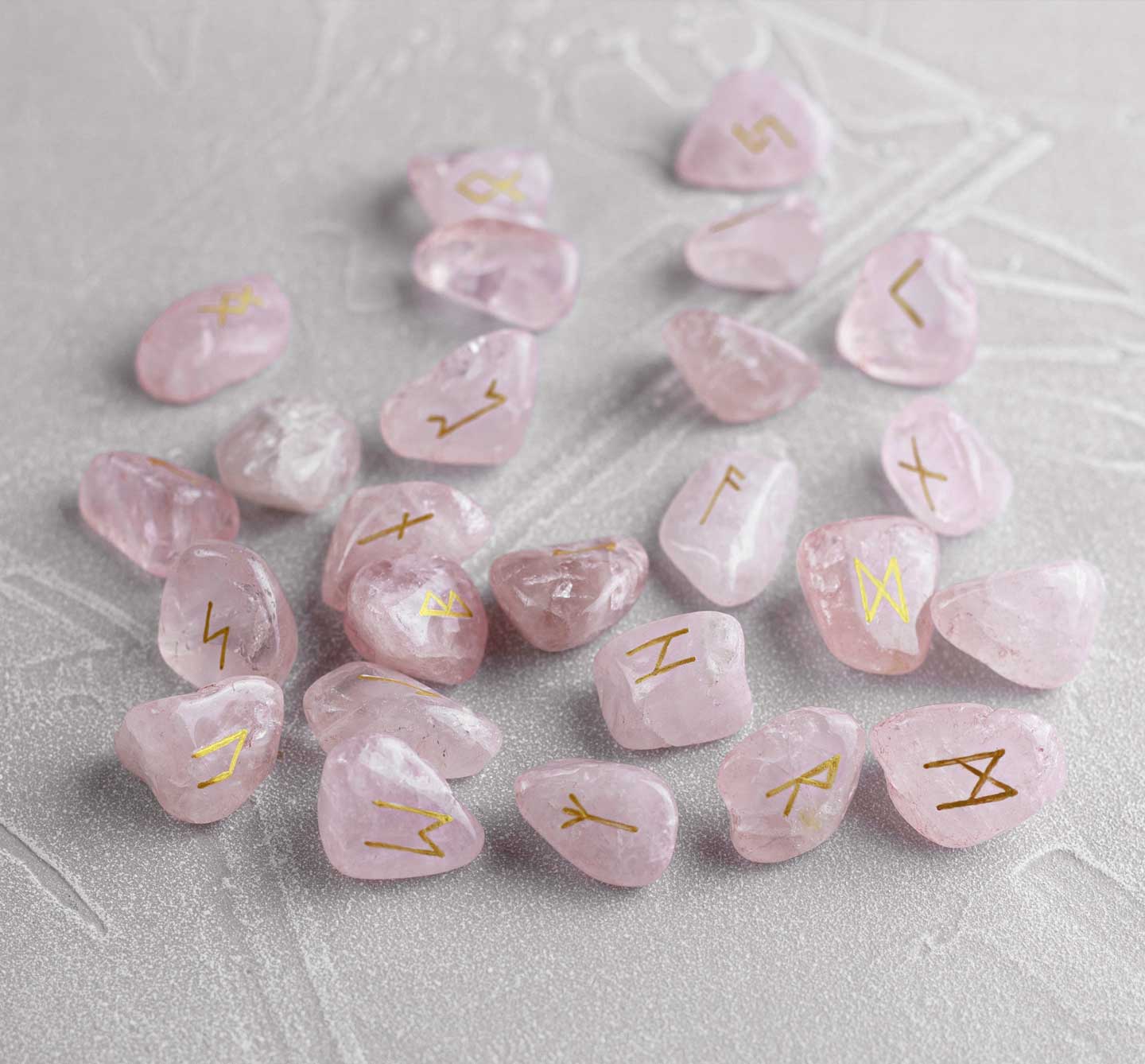
What are Runes?
Rune stones are an ancient proto-Germanic tradition dating back to potentially the 1st century AD. They consist of a runic alphabet of 24 letters, usually made out of wood or stone that were used as a method of divination and protection sigils. The first completion of the total alphabet was the Elder Futhark runes in the 5th century AD, that are most often used still today, and then the Younger Futhark stones were adapted by the Vikings and other Nordic tribes and continued until Medieval times.
They are said to be based on Old Latin inscriptions. Runes stones are full of powerful and magical history, and so were highly venerated. In the Norse cultures it was believed that they held strong divinatory and protection powers and as such were taken very seriously.
The origin of the word “rune” stems from the Germanic word for “mystery” or “secret”, and similar findings are present in Old Irish Gaelic, Welsh and Old English, sometimes also meaning “miracle”. In Lithuanian it means “to speak”, and in Finnish it can also mean “poem”.
Today, runes are used as a method of connecting to one’s higher self, inner guidance and tapping into intuition as a method of offering advice (similar to Tarot or Oracle Cards). Read on for our guide to what are the rune meanings and how to use them for yourself! (plus we will have a lesson this month where we create our own Artist’s runes!)
Casting the Runes
As mentioned, using runes is a great way to tap into our intuition and access our inner voice. Perfect for creative guidance and inspiration! There are many different types of rune layout, starting with a simple 1-rune pull for a yes/no type answer or feel for the day, and three runes casting similar to Tarot spreads (such as past, present, future; or situation, action, outcome).
There are two main ways to cast runes. Traditionally, it is said that the runes were thrown (“cast”) onto a sacred piece of fabric while looking up to the heavens, you then read only the runes that landed upright.
The second way to read runes is to hold a pouch (filled with your runestones) in your non-dominant hand and think about the question you want answered as you pull out runes with your dominant hand, placing them on a soft cloth. I love to use a silk or velvet square of beautiful fabric.
So once you have pulled your runes you might be wondering what all the symbols mean? Read on my creative friend.
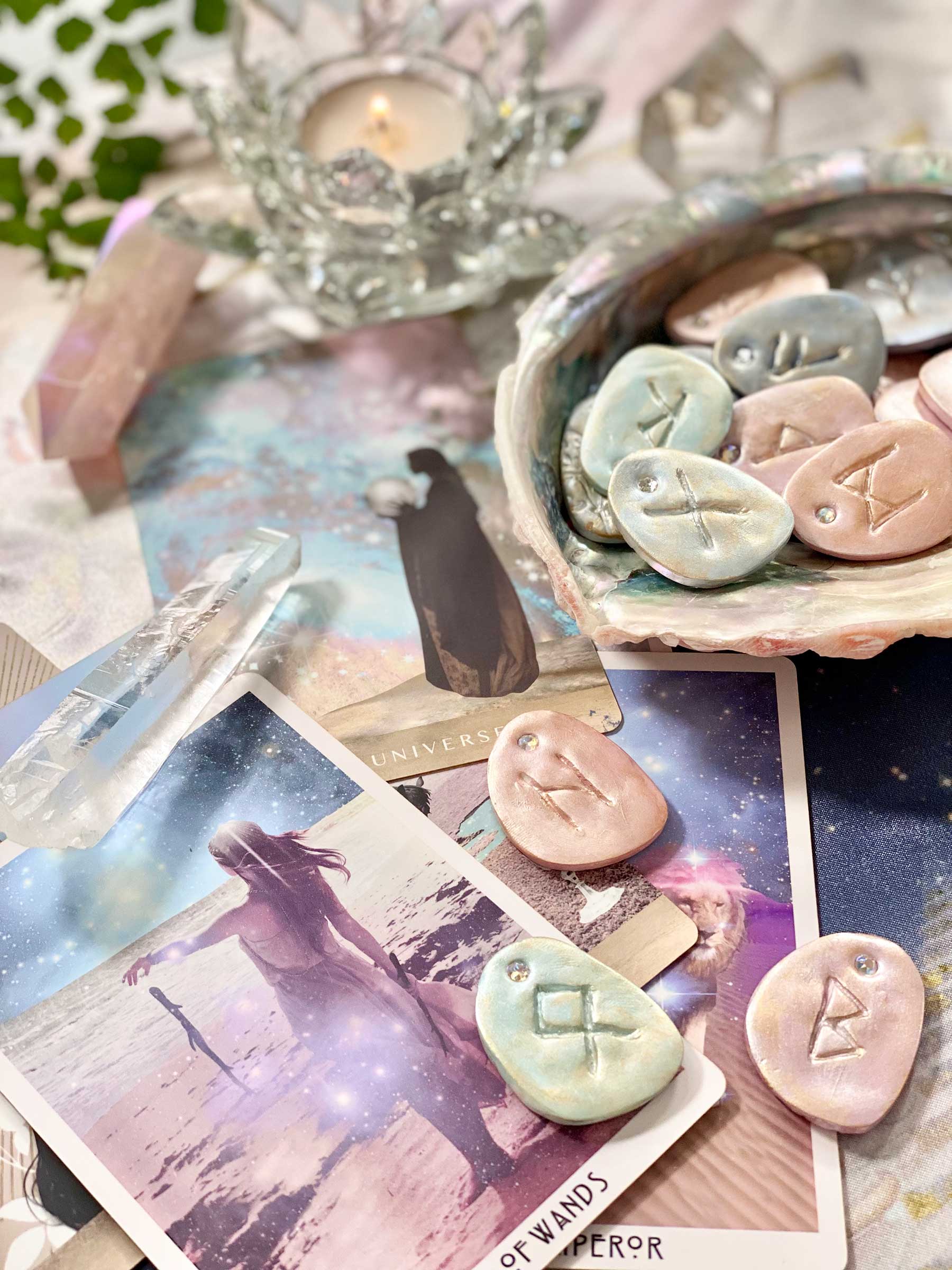
Understanding the Runes
The Elder Futhark runic alphabet is split up into 3 equal parts of eight runes each: Freyr’s Aett, Heimdall’s Aett, and Haeg’s Aett (“aett” meaning family). Similar to the Tarot, the Runes are a story of the life cycle and these three parts tell of this path.
The first set of runes (Freyr’s Aette) is representative of finding our footing in the material plane and the accumulation of worldly possessions. As such, it holds runes symbolizing things like cattle (the main indicator of wealth in those times), communication, and vigor.
The next set of runes (Heimdall’s Aett) tells of our increasing maturity and growth, it holds runes such as obstacles, fate, and harvest/abundance.
The final set of runes (Haeg’s Aett) portrays our developing spirituality and legacy. It includes runes such as birth, community, intuition, and inheritance.
“Wisdom is welcome wherever it comes from.”
– Old Norse Proverb
The Norse Runes
Mountain Medicine Meditation
WITH RACHEL HILLARY
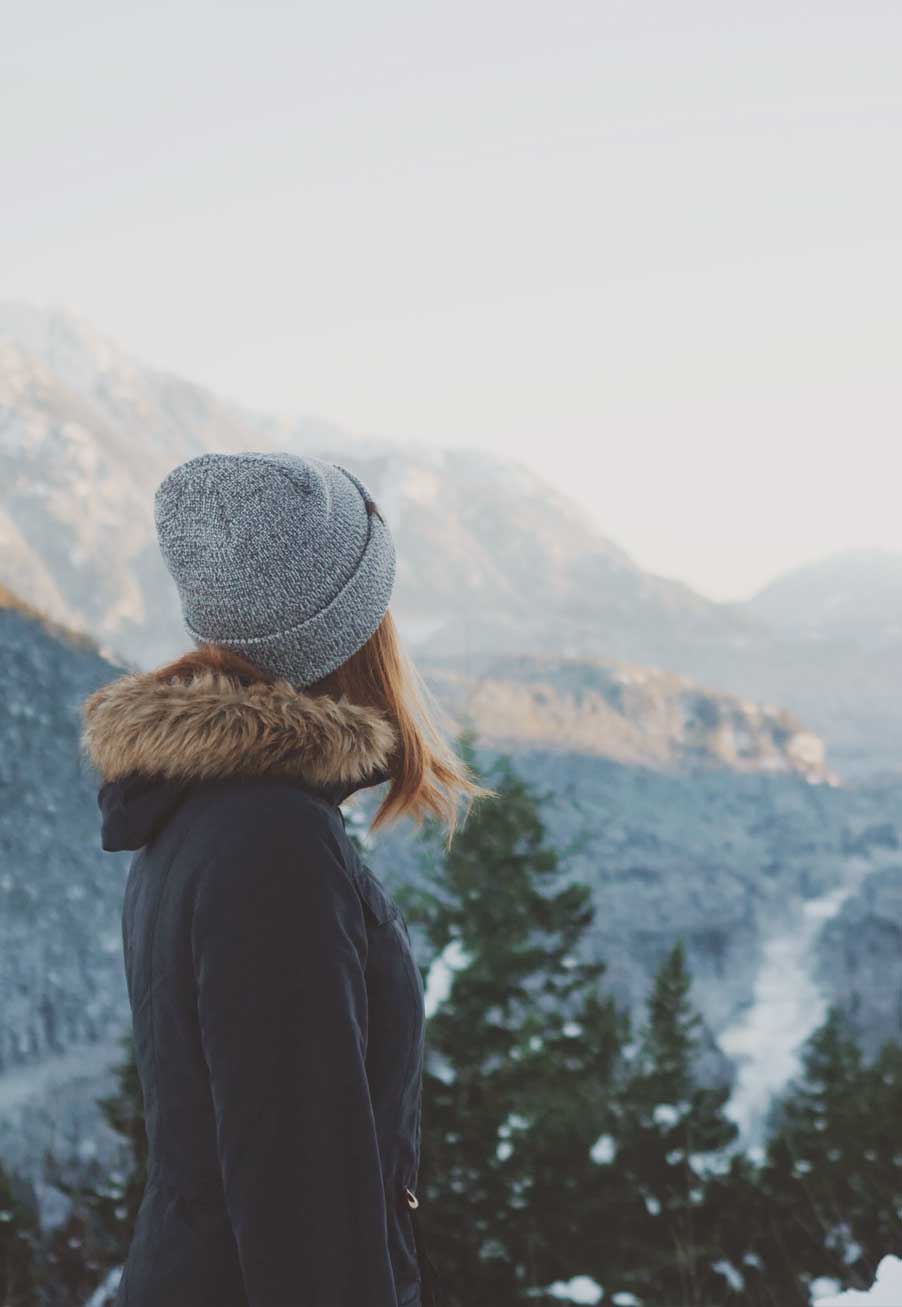
With our focus on the Nordic countries this month, it seemed a Mountain meditation was most fitting. Finding strength, peace and resilience within the majestic mountains is just the thing to soothe our creative hearts and prepare us for the new year. So treat yourself to some self-care and take 15 mins to meditate with this gorgeous guided journey.
Rachel will share a little about this experience –
This guided practice is an in depth experience, calling on our imagination to go on a quest and journey inside a beautiful green mountain in the middle of a lush green field. This practice is intended to call on our strength, heal lost or broken parts of ourselves, and re-imagine and claim our own power. This practice was inspired by a beautiful awakening and spiritual blessing I received whilst camping by a beautiful mountain in Wales. Please note there is no ending bell or guided ending to this meditation.
Xo,
Rachel
“The mountains are calling and I must go.”
– John Muir
Mountain Medicine Meditation
You can download more meditations and connect with Rachel here…
Monthly Affirmation
Norse Goddesses
Like most cultures, the Nordic countries are filled to the brim with incredibly colorful, intricate and amazing stories, myths and traditions. Most of these tales were passed along by oral tradition and were not written and recorded until the 12th century.
This month, I just wanted to share a few of the Norse goddesses with you. Their stories, symbols and imagery provide such rich inspiration for art making!
Frigg
Frigg is the Queen of Asgard and the highest of the goddesses. Her home is called Fensalir, which means “hall of the marshlands”. She is married to Odin and her father is called Fjorgynn. She is the goddess of motherhood and is herself the mother of Balder, Hodor and Hermod. Frigg is also the goddess of marriage and her name comes from the verb “fríja” = to love. Fridays are named after her and so Friday is considered the best day to get married on. According to myth, Frigg wears a large blue cape that symbolises the sky. Frigg’s main symbols are the full moon, mistletoe, silver, the sky, the spindle, and the spinning wheel.
Freya
Freya is famous for her fondness of beauty, fertility, fine material possessions, and love. She was one of the most powerful goddesses in Norse mythology due to her strength and wisdom. Freya was the one who taught magic to Odin and the rest of the Aesir. She also had the ability to alter and manipulate one’s desire and fortune, and she was also the ruler of the afterlife. Valhalla was not the only hall of death for the Viking soldiers. Folkvang was the hall where Freya chose half of the warriors who were slain in battles. According to the myth, brave and handsome warriors would go to Freya’s hall. Freya went to places in a chariot pulled by two black or gray cats. She also had a magical cloak made from falcon feathers that allowed her to fly anonymously through the skies. Most pictures depict her as a very beautiful young woman riding her chariot or wearing her magical cloak. Freya also had three kinds of animal companions: the two cats which pulled her chariot, a golden boar named Hildisvini, and a mare, also called the night-mare.
Hel
Hel was the goddess of the underworld, and she was the daughter of Loki and the giant Angrboda. Hel had two siblings including Jormungandr the world serpent and Fenrir the Wolf, and they roam in separate places in the world. She was not the goddess of death or the underworld although she ruled the realm of the dead. Hel ruled Helheim, the realm where those who died from age and illness went to. Those who didn’t die in battle or were considered dishonorable by the gods and goddesses also went to Helheim. Odin threw Hel down from the sky into the depths of the underworld where she made into her own realm. She crowned herself Queen of Helheim, although she had no status among the gods at all. The gate to Helheim had a dog named Garmr that howled every time new people arrived. Whenever the dog howled, Nidhogg the dragon would come to suck the blood out of the dead people, making them completely pale. Pictures depict her as being with half-flesh color and half blue with cruel, harsh, and threatening expressions and personality traits.
“Not every cloud which darkens the day brings rain.”
– Old Norse Proverb
AS mentioned, this is only a fraction of the characters in Viking mythology. It you are intrigued, I recommend doing some more research. I’ve created a Pinterest board with some of the artwork related to Norse mythology.
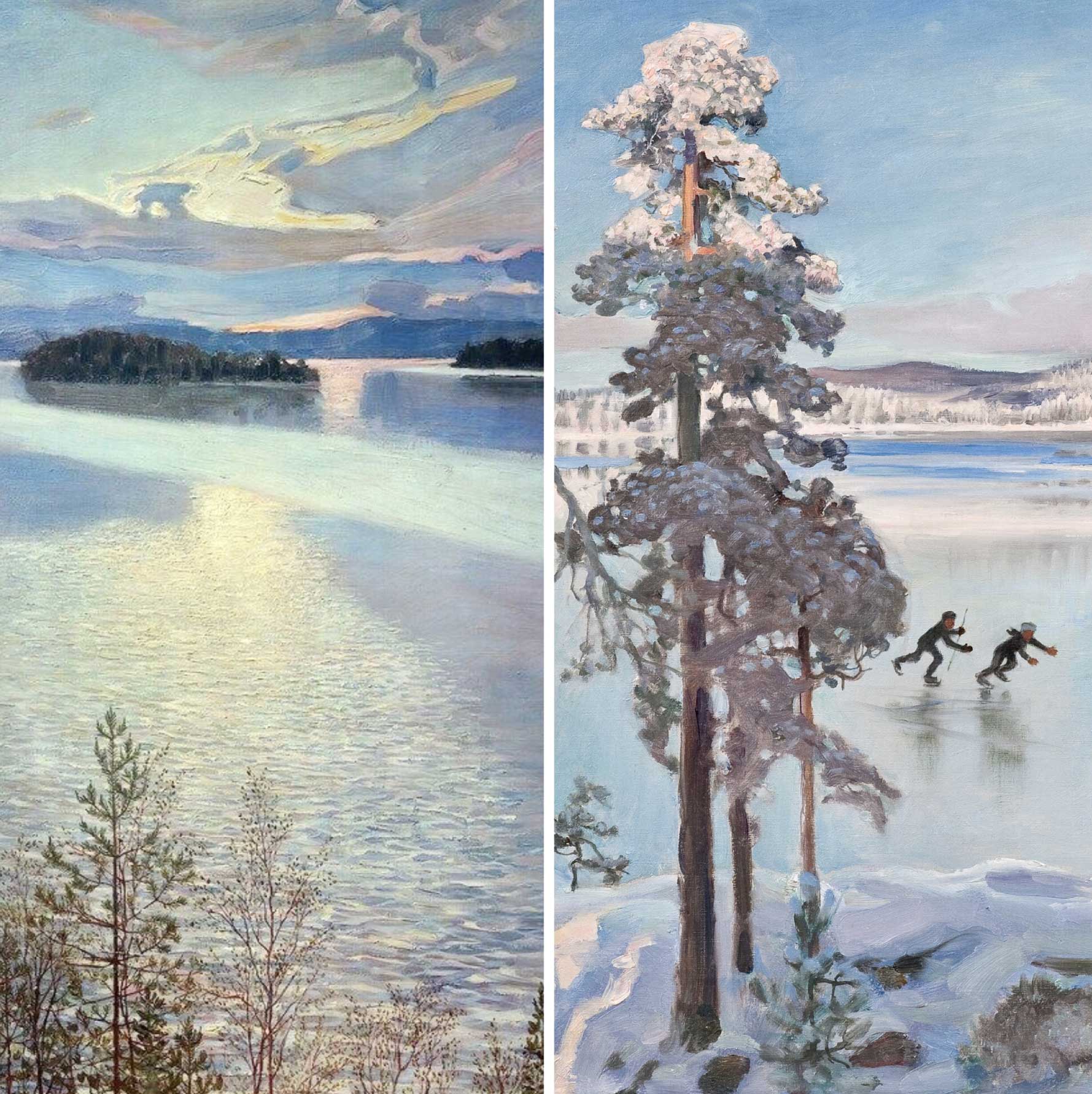
Color Palette of the Month
This month, I couldn’t help but be inspired by our master artist, Akseli Gallen-Kallela. His Nordic landscapes take my breath away and give me the feeling of crisp, cold winter air, the smell of pine needles and a sense of quiet expansiveness. I’m especially drawn to his icy lake paintings with dawn light and earthy hues of leaf, wood and stone. His use of pastel tones alongside deeper shades create a beautiful balance of light and shadow. There is such serene beauty in these scenes.

“Color is a power which directly influences the soul.”
– Wassily Kandinsky
Color Palette
Master Artist Guide
Akseli Gallen – Kallela
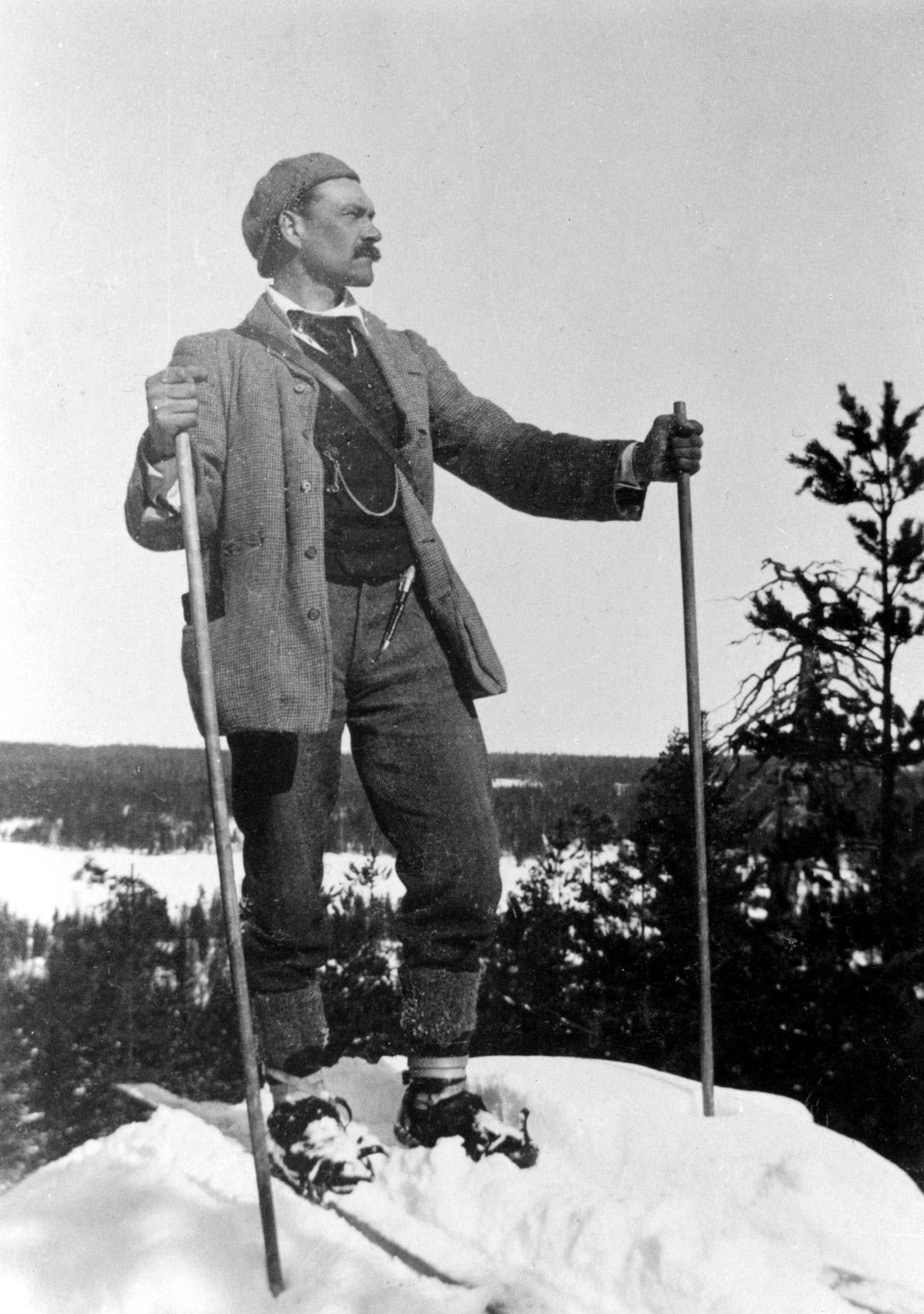
This month I’m so very excited to bring you the work and story of Akseli Gallen-Kallela.
He is the national artist of Finland and produced an impressive and varied body of work, ranging from portraits, landscapes and his very celebrated illustrations of the Kalevala. The Kalevala is regarded as the national epic of Finland and is one of the most significant works of Finnish literature.
While Edvard Munch might have been the most obvious choice for our Master to study being Norwegian (I still want us to study him), I wanted to feature an artist that was a little more obscure to most!
Akseli’s work is full of beauty, passion and movement! I also think it reflects so much of the culture, story and visual landscape of the Nordic lands. I hope you enjoy learning more about this artist. Look for list of other Nordic artists to explore at the end of our Master Artist study too!
OVERVIEW
Akseli Gallen-Kallela (26 April 1865 – 7 March 1931) was a Finnish painter who is best known for his illustrations of the Kalevala, the Finnish national epic. His work is considered a very important aspect of Finnish national identity.
EARLY LIFE
Gallen-Kallela was born Axel Waldemar Gallén in Pori, Finland, in a Swedish-speaking family. His father Peter Gallén worked as police chief and lawyer. Gallen-Kallela was raised in Tyrvää. At the age of 11 he was sent to Helsinki to study at a grammar school, because his father opposed his ambition to become a painter. After his father’s death in 1879, Gallen-Kallela attended drawing classes at the Finnish Art Society (1881–1884) and studied privately under Adolf von Becker.
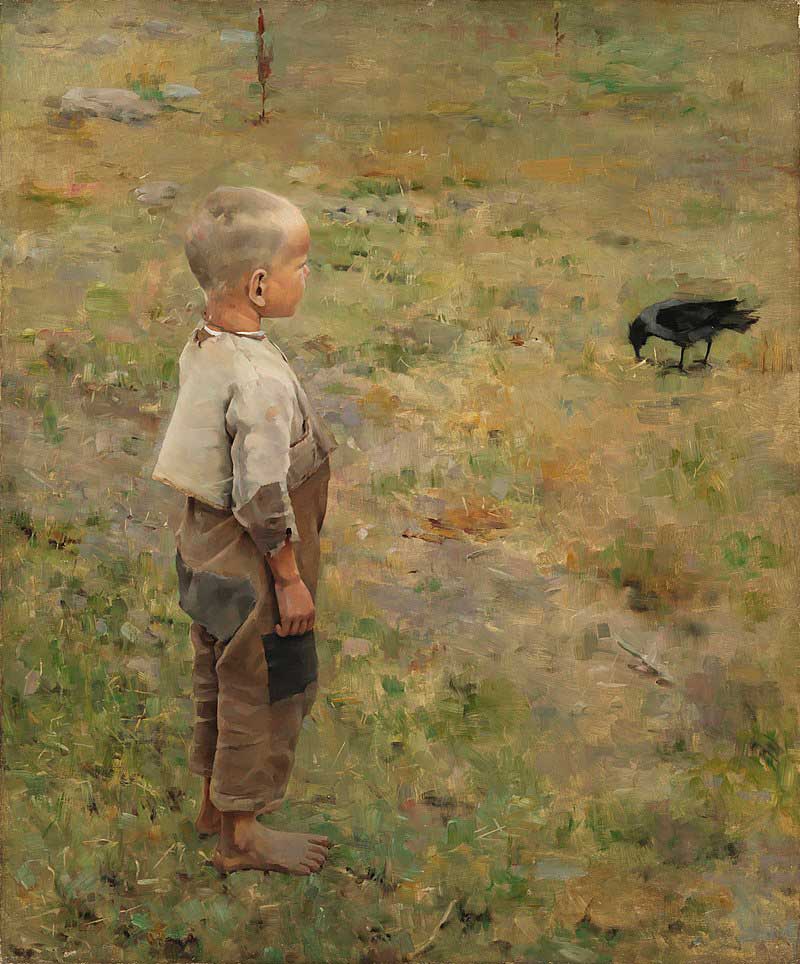
Boy and Crow, 1884
Paris
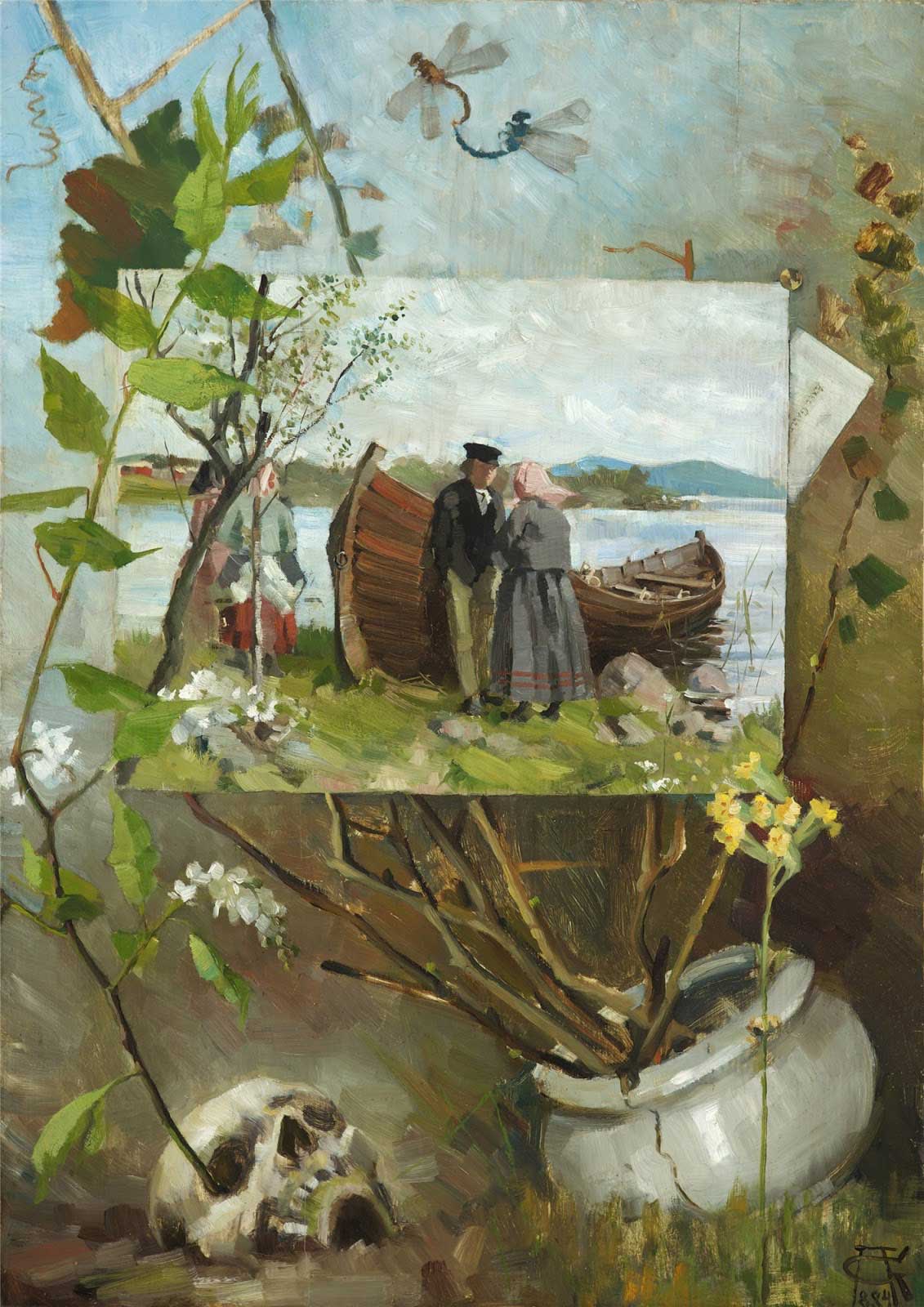
Life and Death, 1884
In 1884 he moved to Paris, to study at the Académie Julian. In Paris he became friends with the Finnish painter Albert Edelfelt, the Norwegian painter Carl Dørnberger, and the Swedish writer August Strindberg. During this period he traveled back and forth between Finland and Paris.
He married Mary Slöör in 1890. The couple had three children. On their honeymoon to East Karelia, Gallen-Kallela started collecting material for his depictions of the Kalevala. This period is characterized by romantic paintings of the Kalevala, such as the Aino Myth, and by several landscape paintings, although by 1894 the influence of symbolism was heavily visible in his works.
In December 1894, Gallen-Kallela moved to Berlin to oversee the joint exhibition of his works with the works of Norwegian painter Edvard Munch. At the time Gallen-Kallela also designed a grand cabin called Kalela for his family far from everything on the shore of Lake Ruovesi.
In March 1895, his trip was ended when he received a telegram that his daughter Impi Marjatta had died from diphtheria. This would prove to be a turning point in his work. While his works had previously been romantic, after his daughter’s death Gallen-Kallela painted more aggressive works.
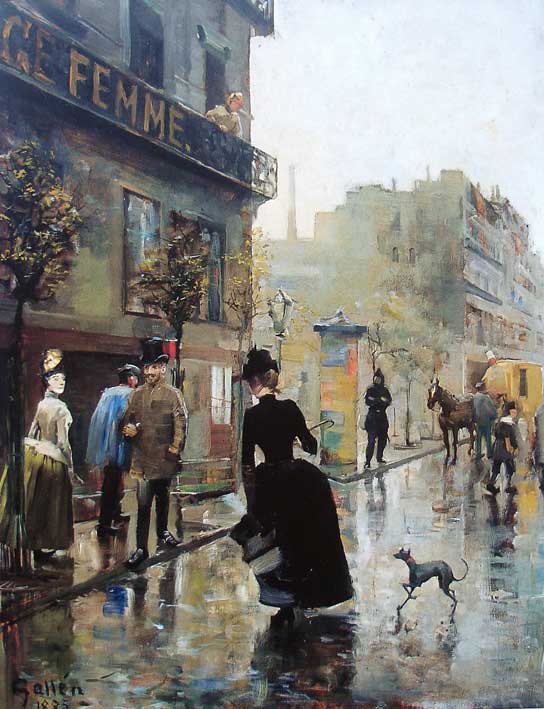
Boulevard in Paris, 1885
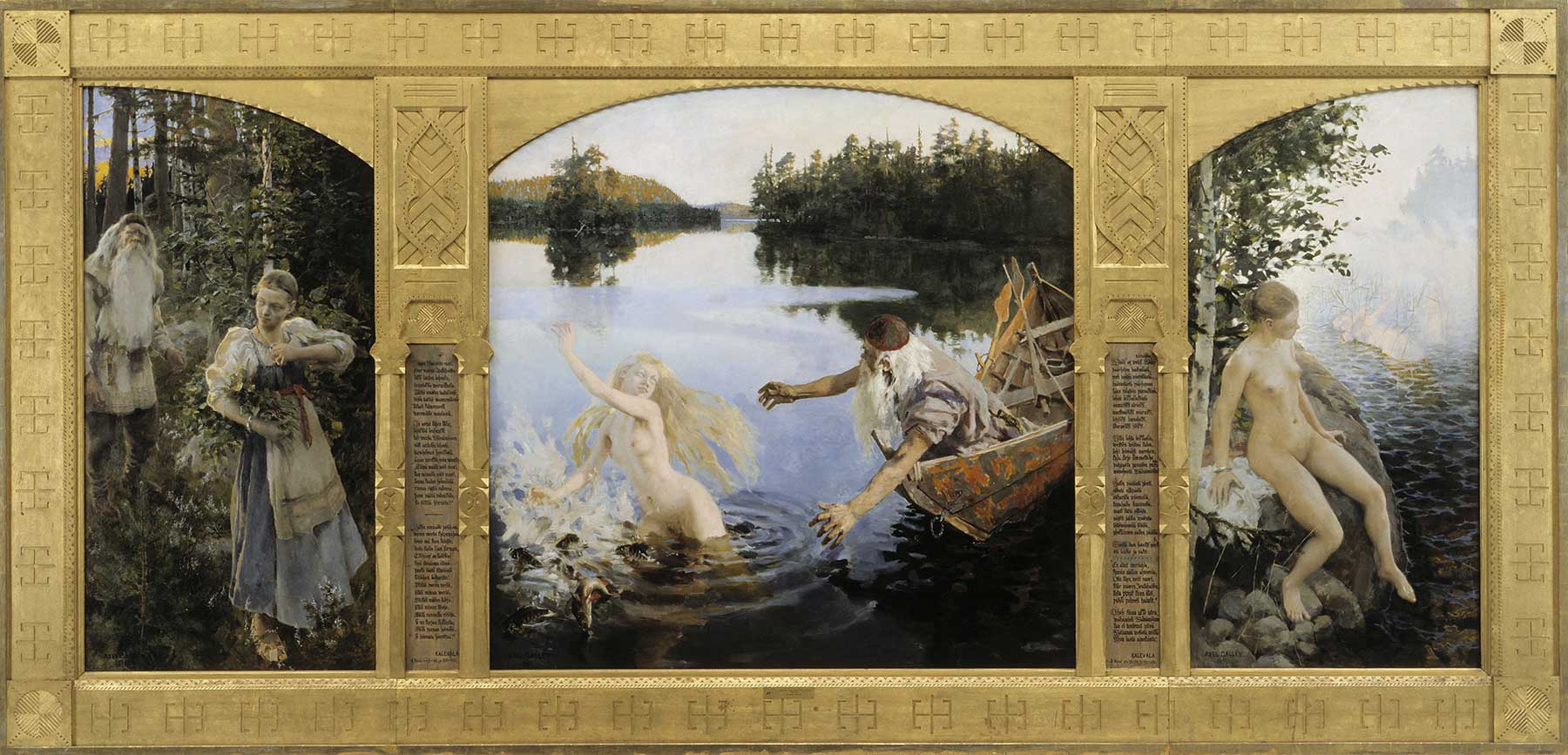
The Aino Triptych, 1891 (from the Kalevala)
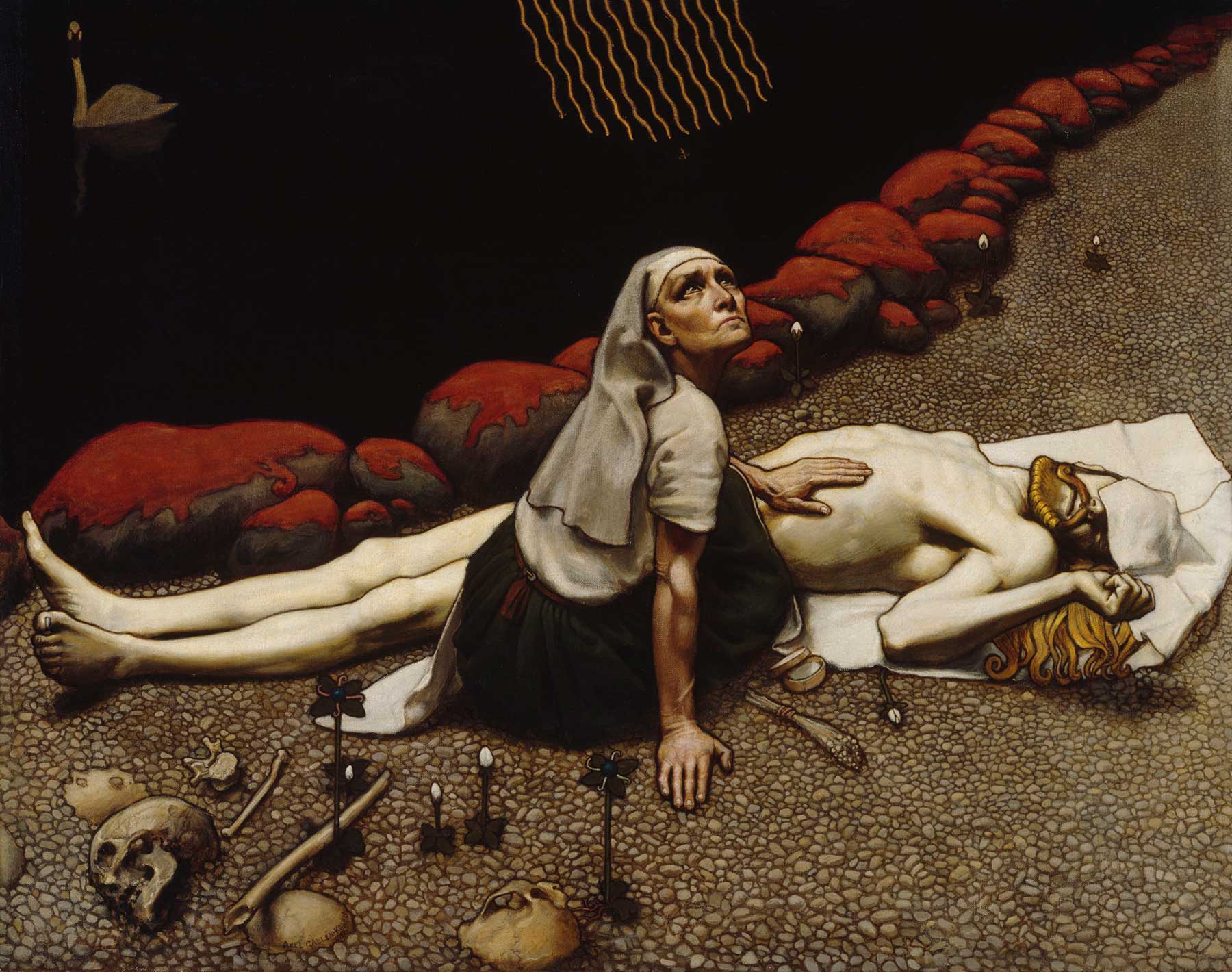
Lemminkainens Mother, 1897 (from the Kalevala)
In the years 1896–1899 he painted what are considered his most famous works: The Defense of the Sampo, Lemminkäinen’s Mother, Joukahainen’s Revenge and Kullervo’s Curse. In May 1895, Gallen and Mary visited London, with his intent being the purchase of a graphic art press. While there he also learned about stained glass. At the end of 1897 the family took a trip to Florence, also visiting Pompeii, where he studied the art of frescoes.
For the Paris World Fair in 1900, Gallen-Kallela painted frescoes for the Finnish Pavilion. The Paris Exposition secured Gallen-Kallela’s stature as the leading Finnish artist. In 1901 he was commissioned to paint the fresco, Kullervo Sets Off for War, for the concert hall of the Helsinki Student’s Union. In 1908, with renewal in mind, Gallen-Kallela and his family moved to Paris. However the city and the new direction art was being taken didn’t feel as hospitable as he had hoped, and so in May 1909 they moved much further away to Nairobi in Kenya. He was the first Finnish artist to paint south of the Sahara, and he totaled over 150 expressionistic works. They returned to Finland in February 1911. Between 1911 and 1913 he designed and built a studio and house for his family at Tarvaspää, approximately 10 km northwest of the centre of Helsinki.
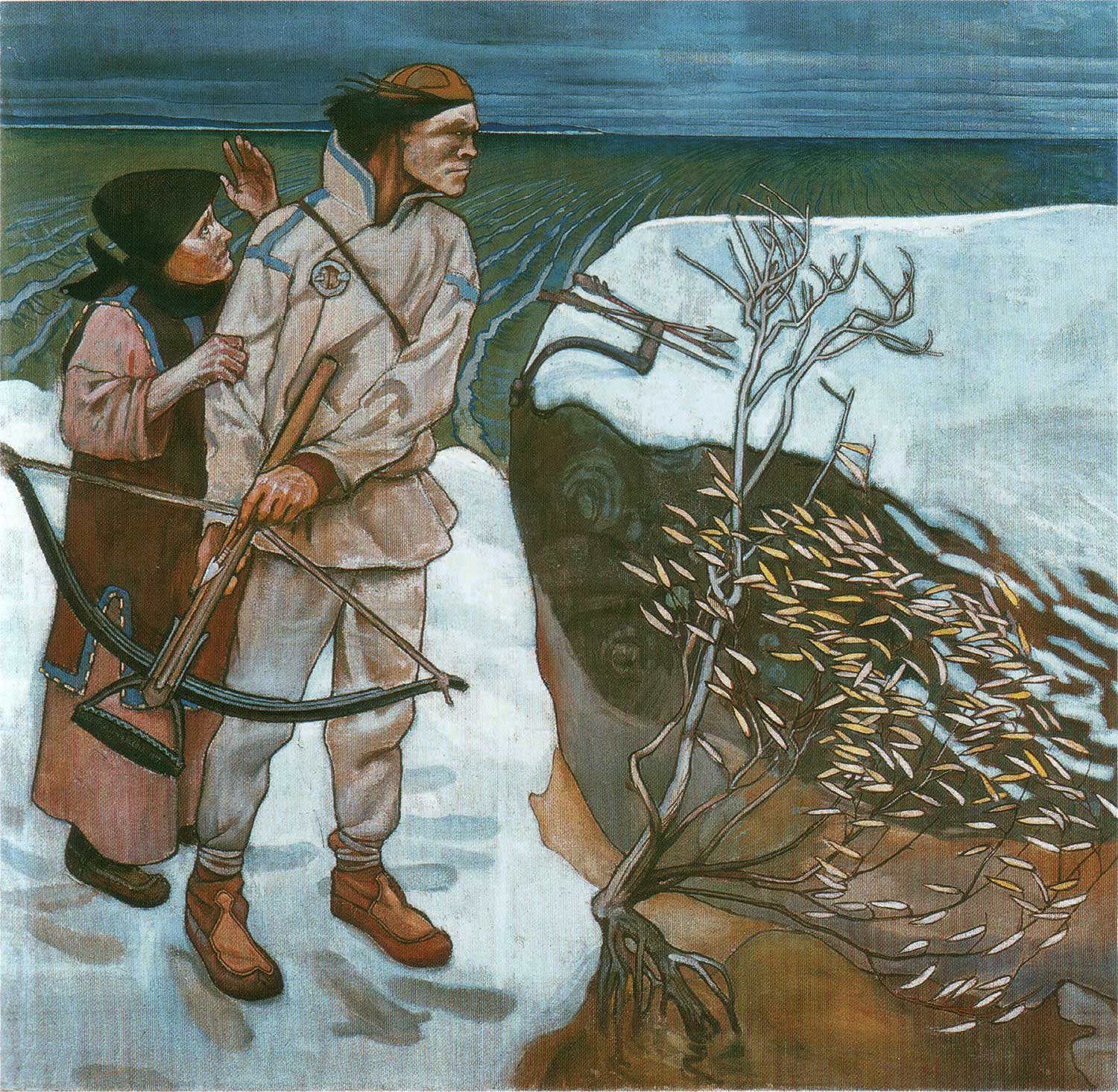
Joukahainen’s Revenge, 1897
The family moved back from Tarvaspää to Kalela in 1915 to escape the turmoil of WW I. A few years later in 1918, Gallen-Kallela and his son Jorma took part in the fighting at the front of the Finnish Civil War. In 1920 he made an agreement with the publishing company for the eventual publication of Great Kalevala.
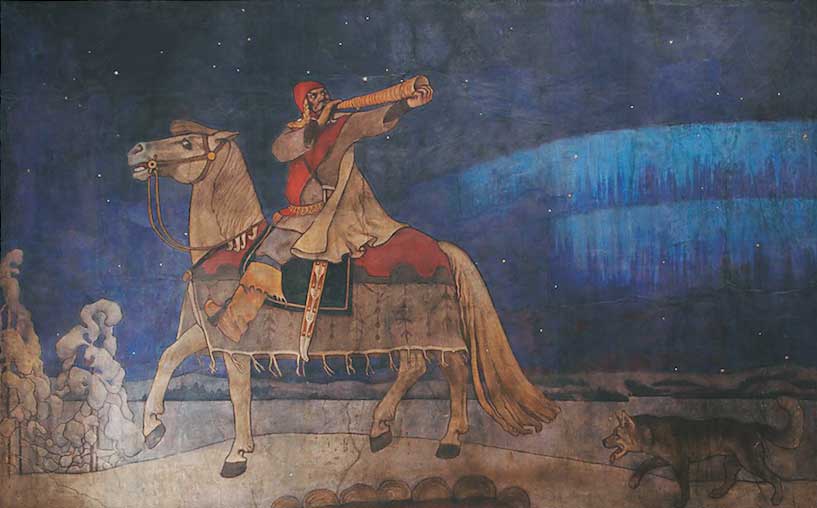
Kullervo Sets Off for War, 1901, large mural at Old Student House
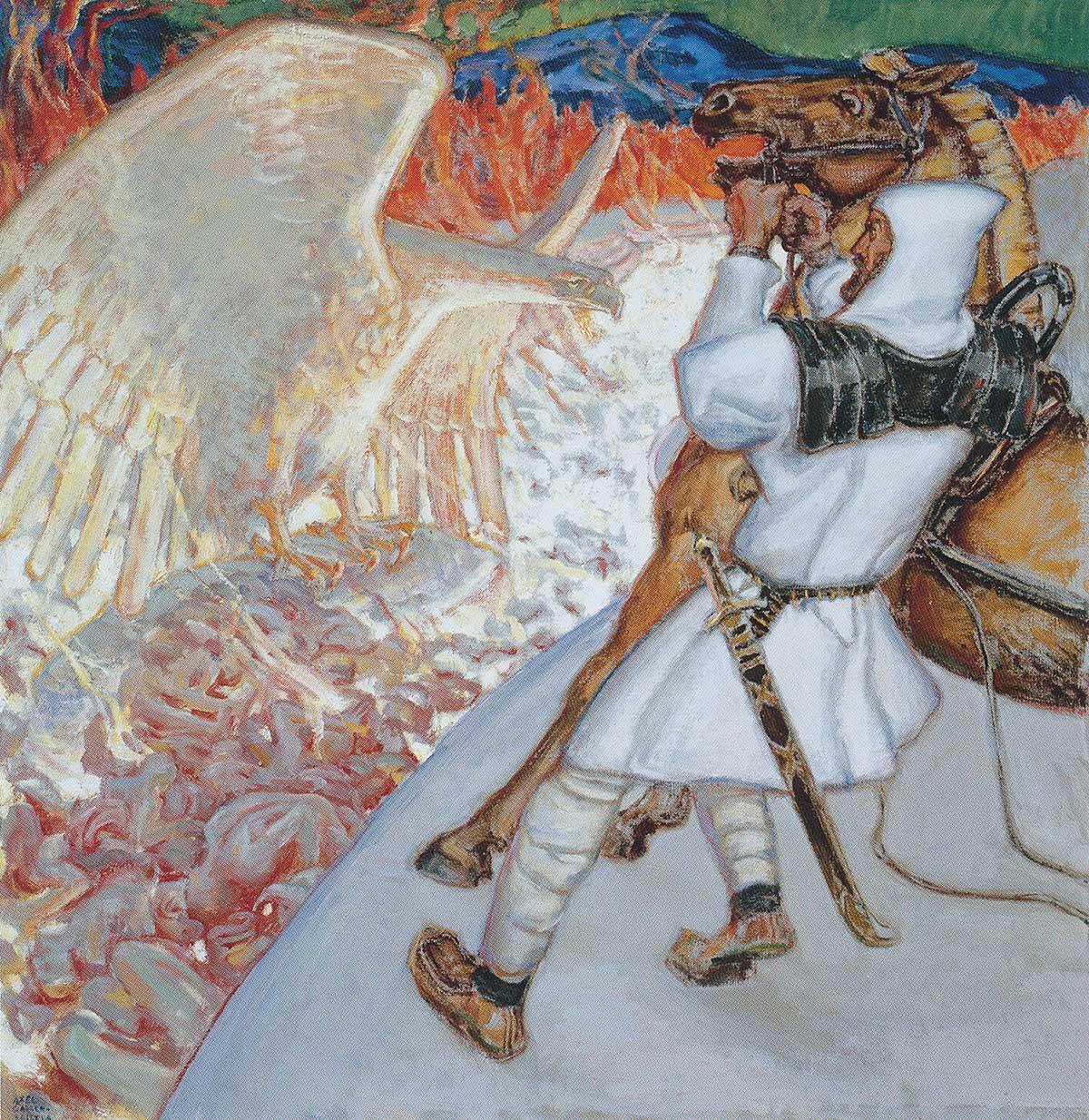
Lemminkäinen by the River of Fire, 1920
Taos, New Mexico, and later life
Mackintosh’s most popular works include the gesso panels The May Queen, which was made to partner Charles Rennie Mackintosh’s panel The Wassail for Miss Cranston’s Ingram Street Tearooms, and Oh ye, all ye that walk in Willowwood, which formed part of the decorative scheme for the Room de Luxe in the Willow Tearooms. All three of these are now on display in the Kelvingrove Museum in Glasgow. The 2017-18 restoration of The Willow Tearooms building has seen a recreation of “Oh ye, all ye that walk in Willowwood” installed in the original location within the Room de Luxe.
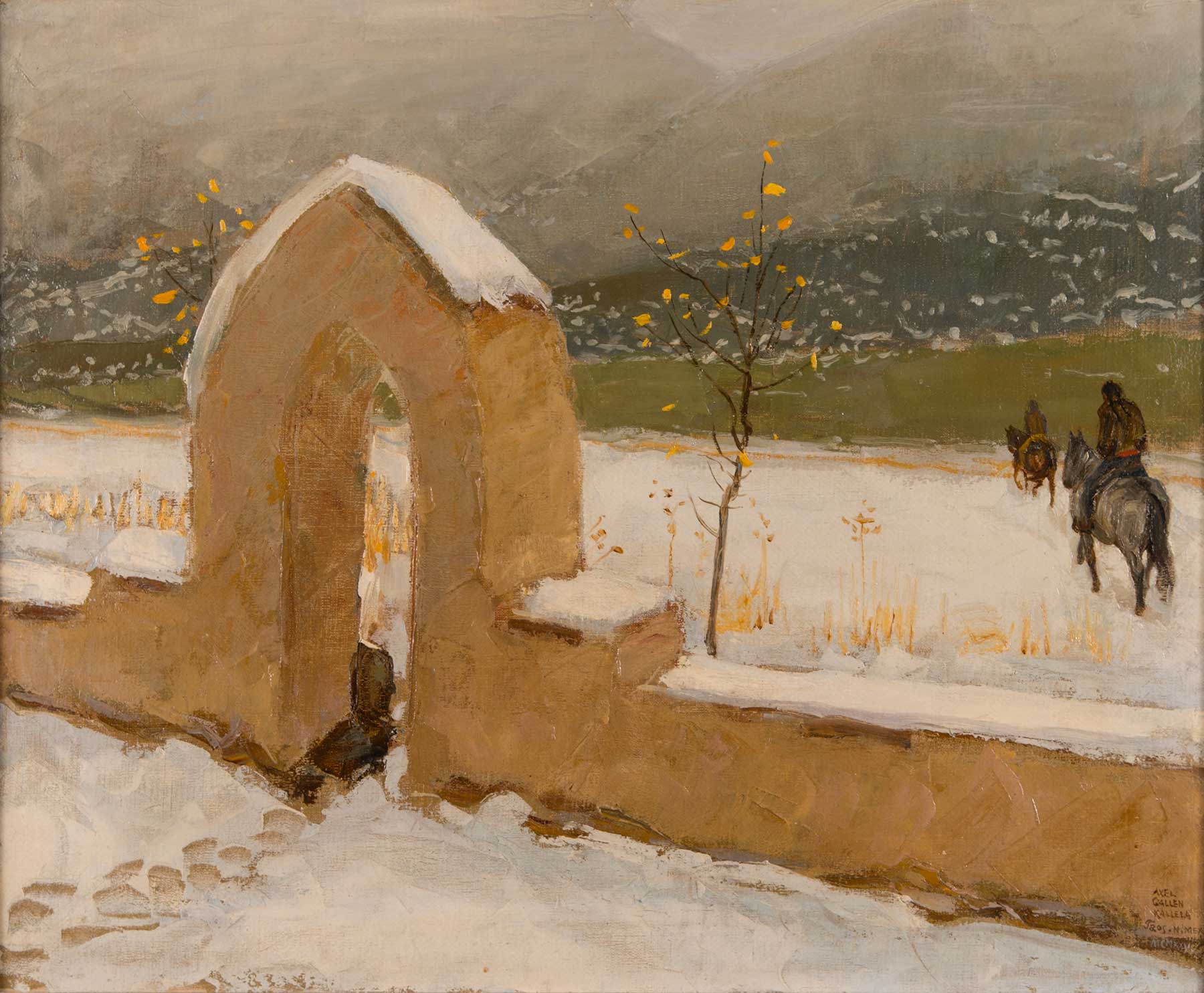
Taos, 1925
In December 1923, he moved to the United States, where his family also followed him in autumn, 1924. He first spent time in Chicago, and an exhibition of his work toured several cities. In Chicago, he was impressed by Native American art and moved to Taos, New Mexico, at the art colony there to study it further.
During this time in the United States he also began sketching out the Great Kalevala in much more detail. In May 1926, the family returned to Finland. Two years later, in 1928, together with his son Jorma, he painted the Kalevala frescoes at the lobby of the National Museum of Finland. Then in 1930 he made an agreement to paint a gigantic fresco for a bank but on 7 March 1931 while returning from a lecture in Copenhagen he suddenly died of pneumonia in Stockholm.
Enjoy this slideshow of his work
Here’s a Pinterest board full of work from Akseli Gallen-Kallela
English translation of the Kalevala:
Other Nordic Artists to explore – these are just a few…
- Edvard Munch
- Ellen Thesleff
- Olafur Eliasson
- Peder Balke
- Kay Nielsen
- John Bauer
Videos to Watch
“You will reach your destination even though you travel slowly.”
– Old Norse Proverb
Master Artist Guide
Sketchbook Explorations
EXPLORATION 1
Inspired by Gallen-Kallela
I absolutely love Finnish landscapes of Gallen-Kallela so I decided to attempt a master study of one of them using my soft pastels! I absolutely loved creating this! Your turn. Find a painting by this special master artist that you love and do a master study or work inspired by him. Use any medium you love!
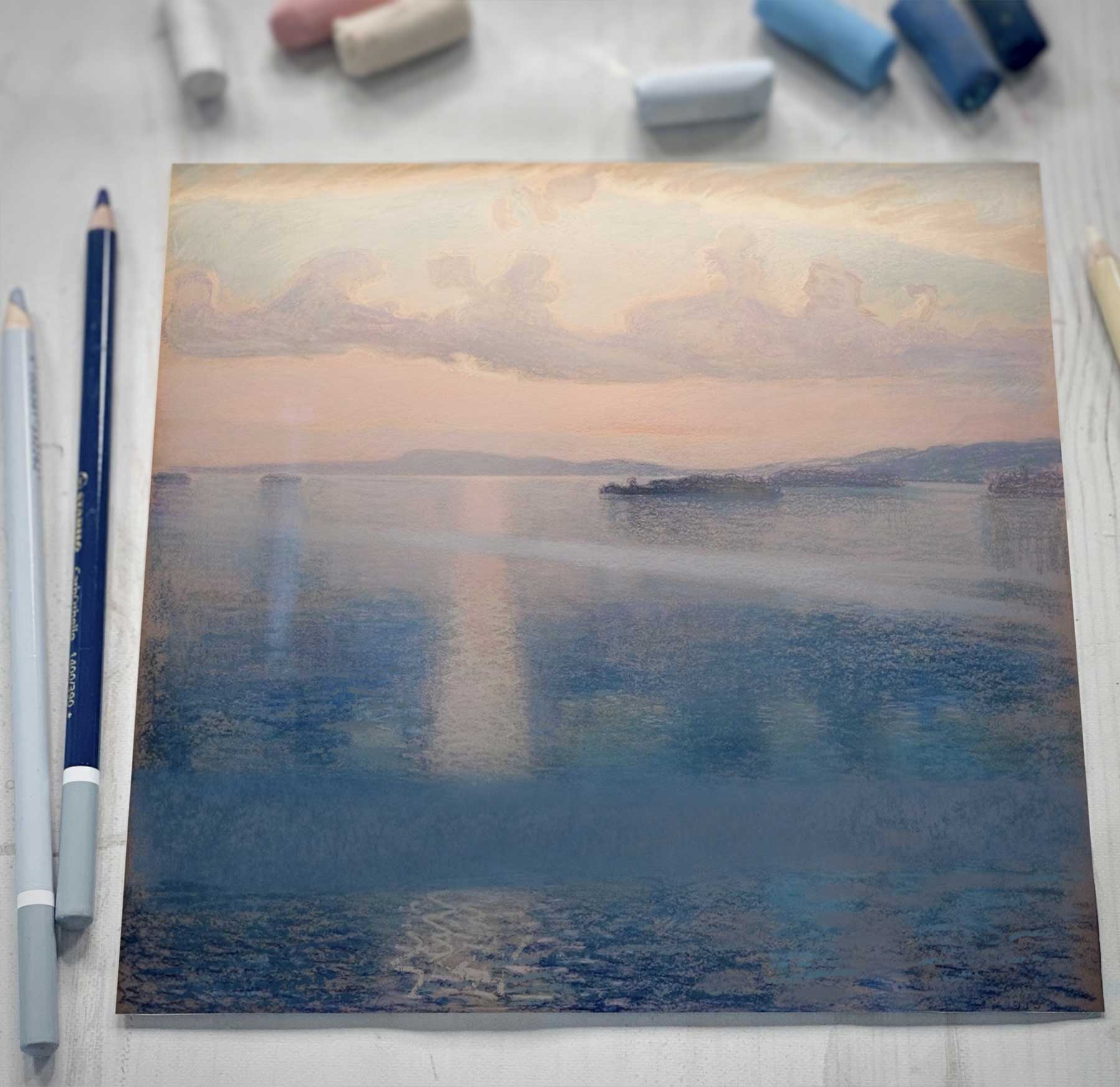
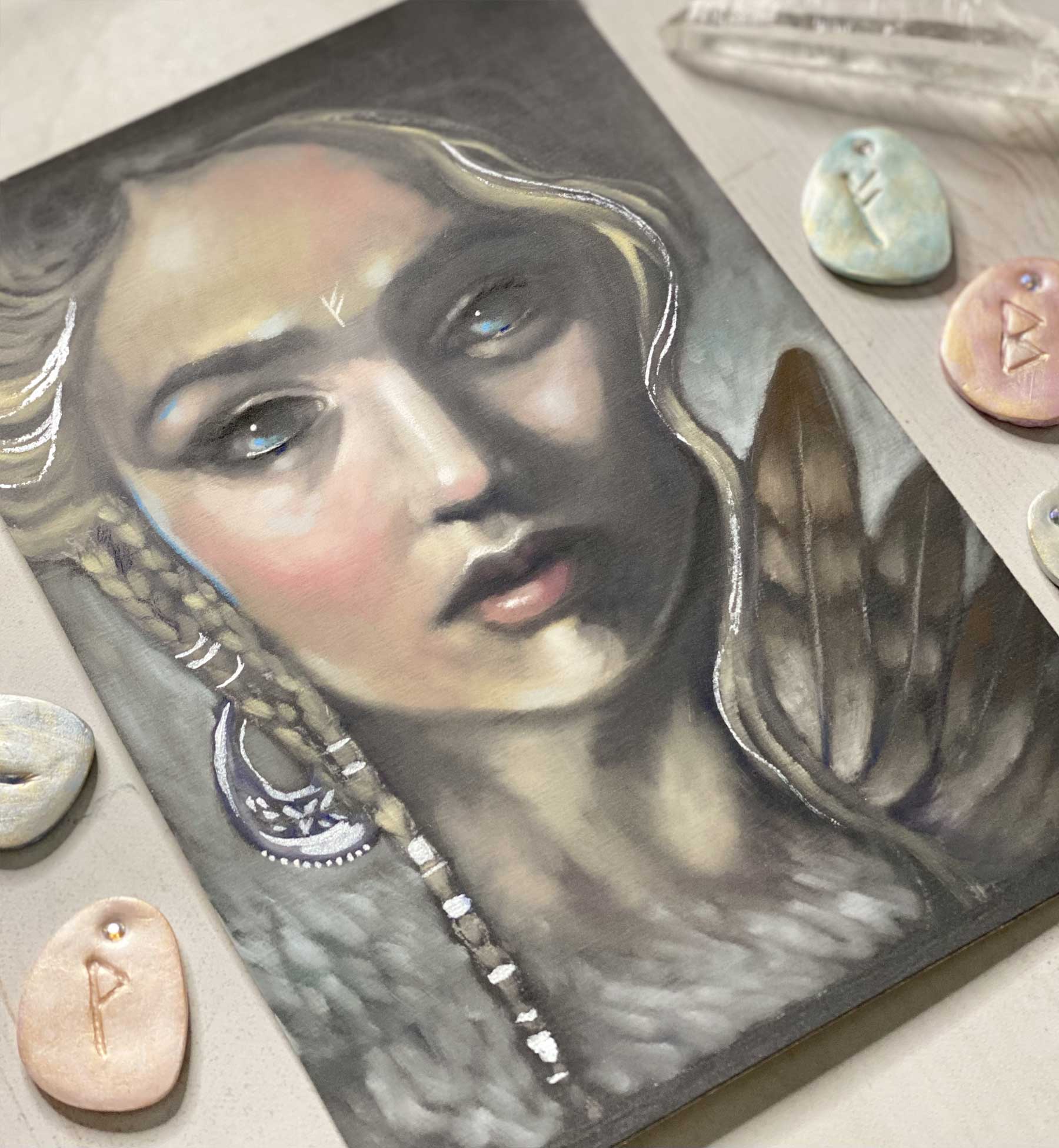
EXPLORATION 2
Norse Goddess Inspired
As usual, mythology always gets me inspired! So I encourage you to create a vision of a Norse Goddess or God that resonates with you. I chose Freya with her pale beauty and falcon feather cloak. I created my Freya in PanPastel but you can feel free to use any medium you enjoy!
EXPLORATION 3
Creating Your Own Norse Runes
This is our lesson for the month and I do hope you will give it a go! Remember you can create your own interpretation of Runes – these could be symbols you create or symbols based on your own spiritual practice. These special Runes are for your own intuitive and creative work so make them special to you!
“The art of being happy lies in the power of extracting happiness from common things.”
– Henry Ward Beecher
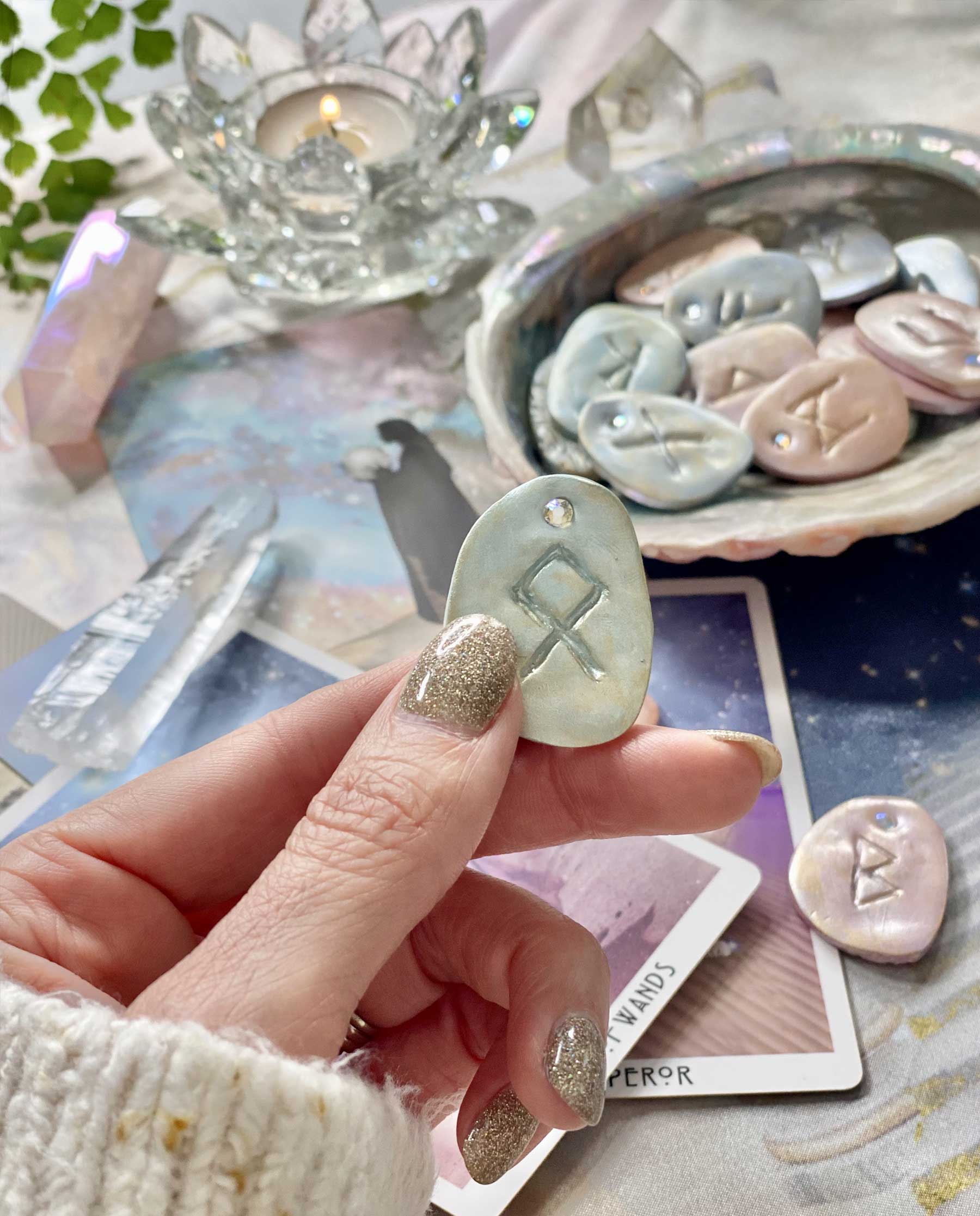
MONTHLY LESSON WITH IVY
Creating Norse Runes
I absolutely loved creating my own special set of Norse Runes. I’ve had a set of Runes since I was 14 years old and I’ve used them over the years. I love the ancient ties to my own Norwegian ancestors (I’m half Norwegian!).
This process was relaxing and comforting. It was so wonderful to create an intuitive tool like this that I can use in my creative and spiritual practices. A perfect gateway into self-reflection and connection to my higher self.
This project is truly open-ended! If you don’t resonate with the Norse Runes then invent your own symbols and define what messages and meanings they hold for you OR you could use another group of symbols that align with you, like angel symbols, Celtic symbols etc. You could even tie your symbols to creative prompts or inquiries that you can use in your creative practice. I hope you create your own and make them so unique to you!
STUDIOWORKS PODCAST
issue thirty-seven
You can also listen to this month’s issue of the Studioworks journal. I find I love listening to books, podcasts and music while I draw, paint or go on a long walk. Enjoy.
Studioworks : issue thirty-seven
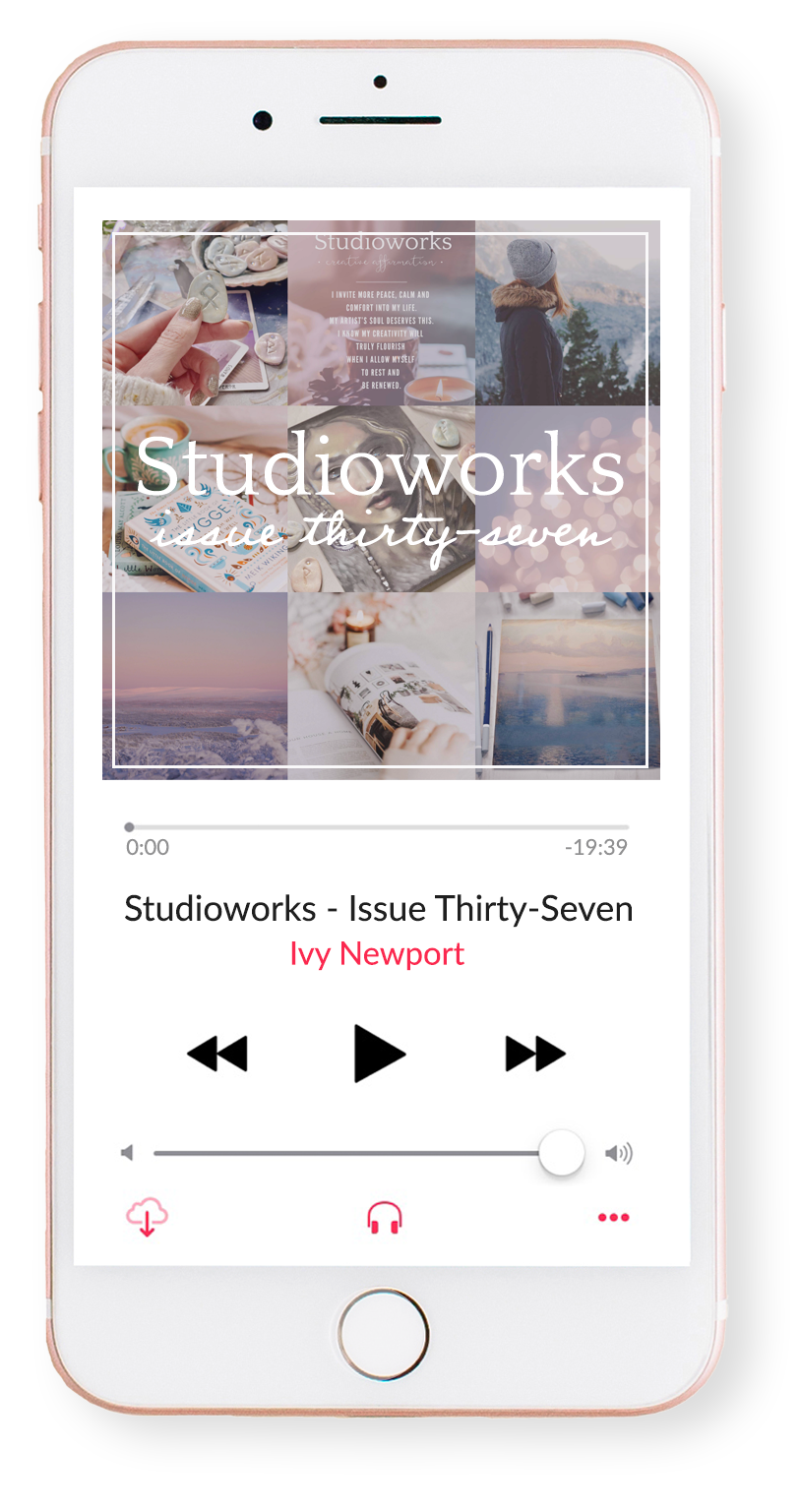
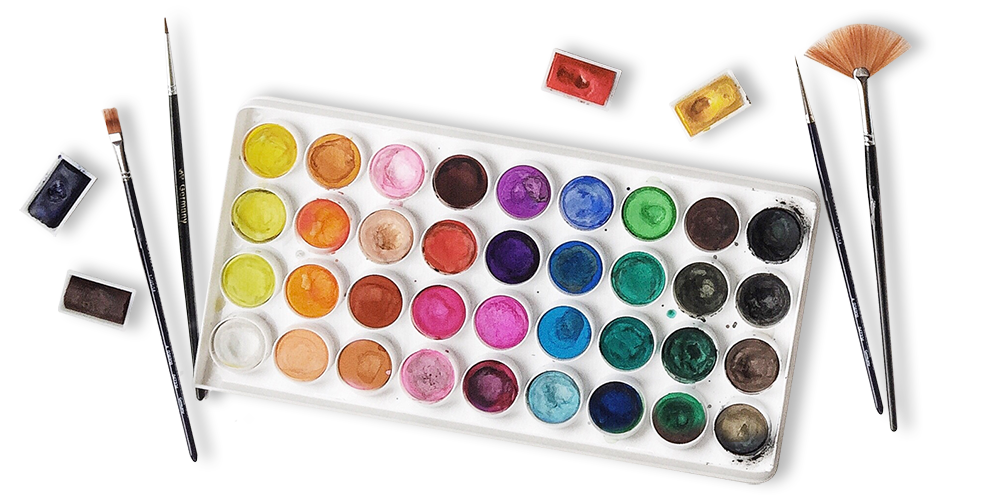
inspiration: curated
Books to Discover & Enjoy
MUSIC PLAYLIST
I had so much fun curating this list. I hope you enjoy!!
THINGS TO WATCH
PINTEREST BOARD
CLASSES TO TRY
Here are just a few of our fantastic classes! They feel in alignment with this month’s issue! I highly recommend checking them out if you haven’t already. Enjoy!

© 2019 IVYNEWPORT, LLC ALL RIGHTS RESERVED.

